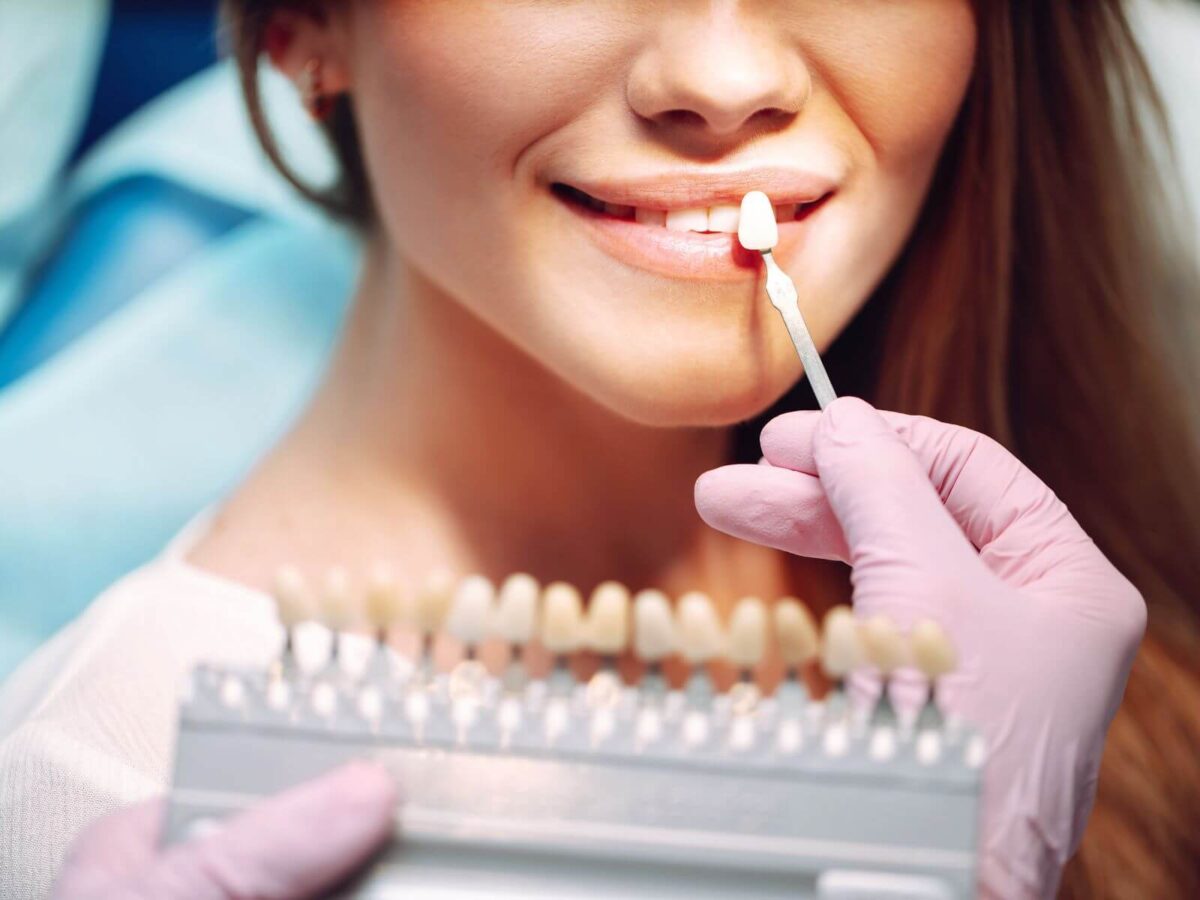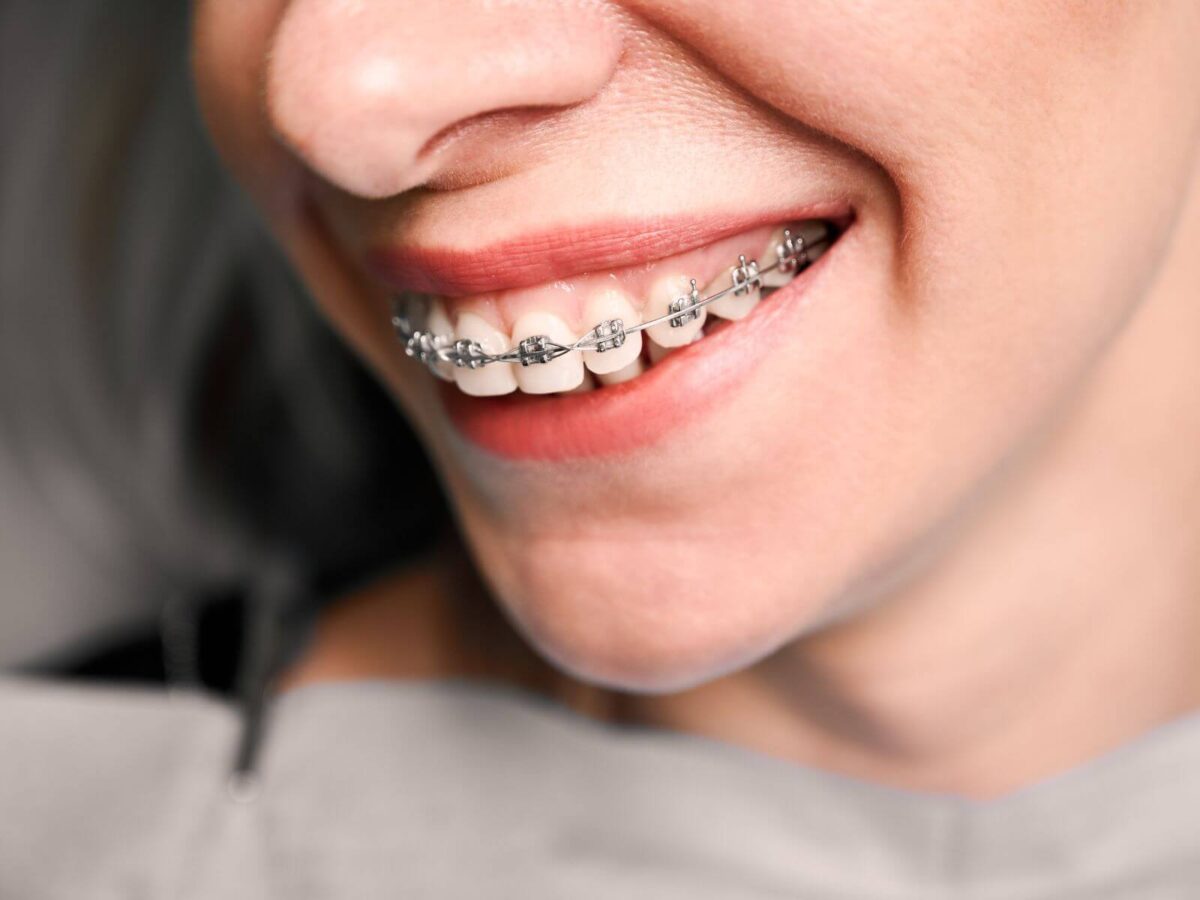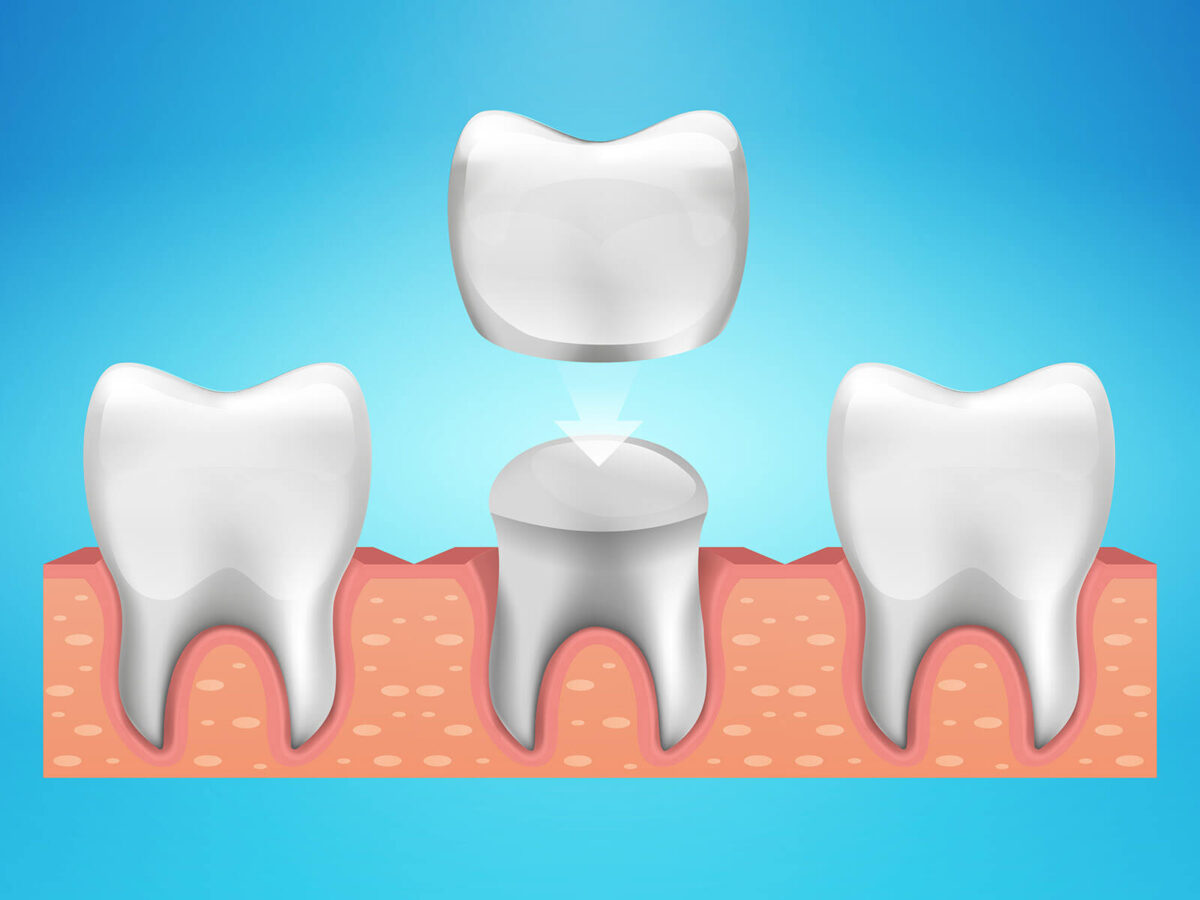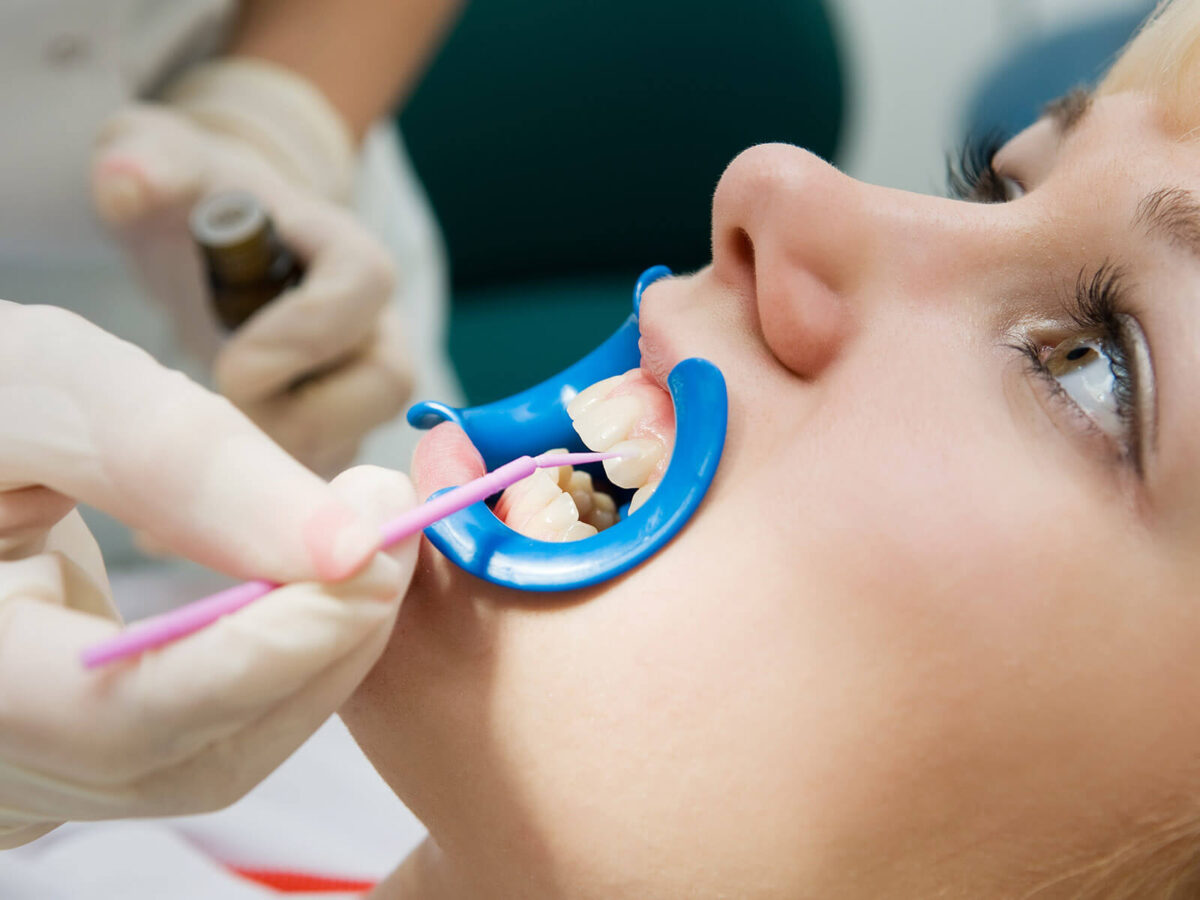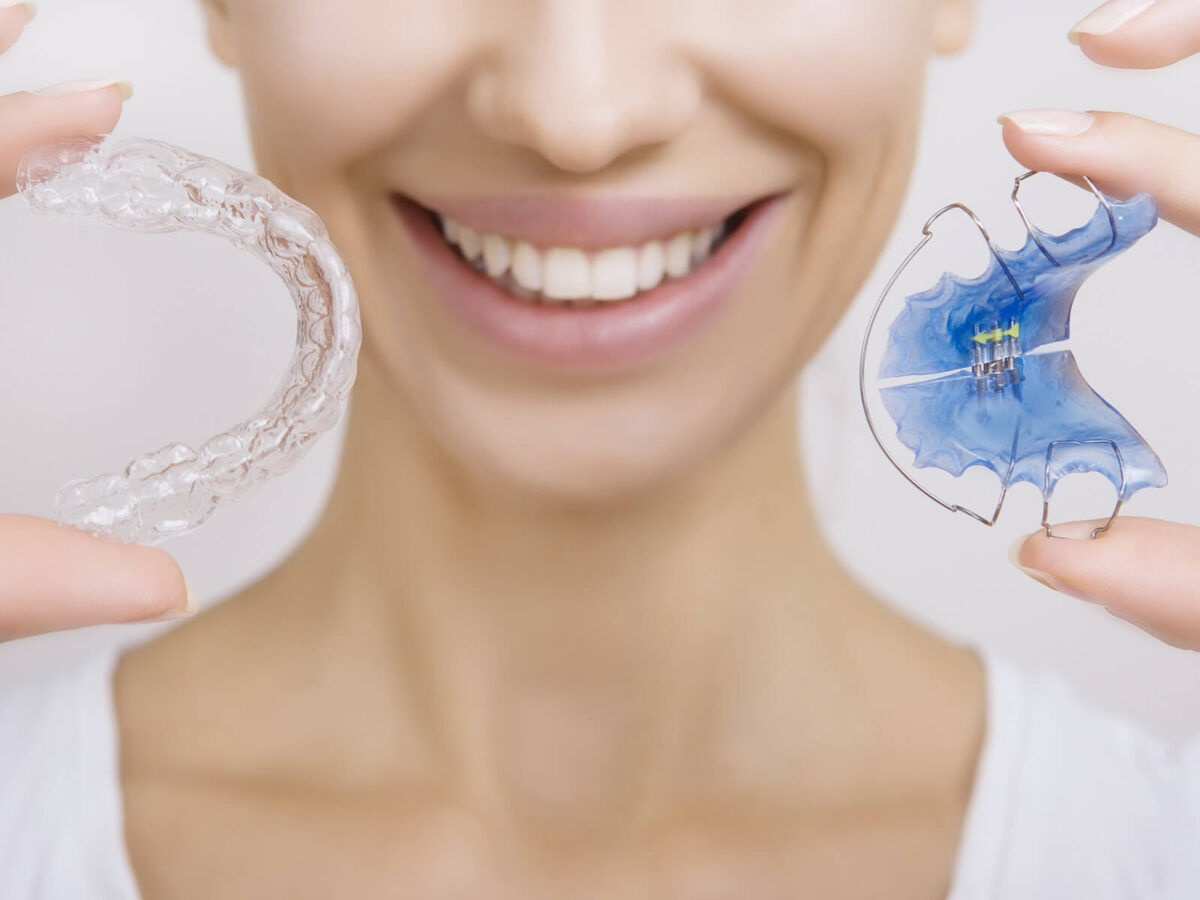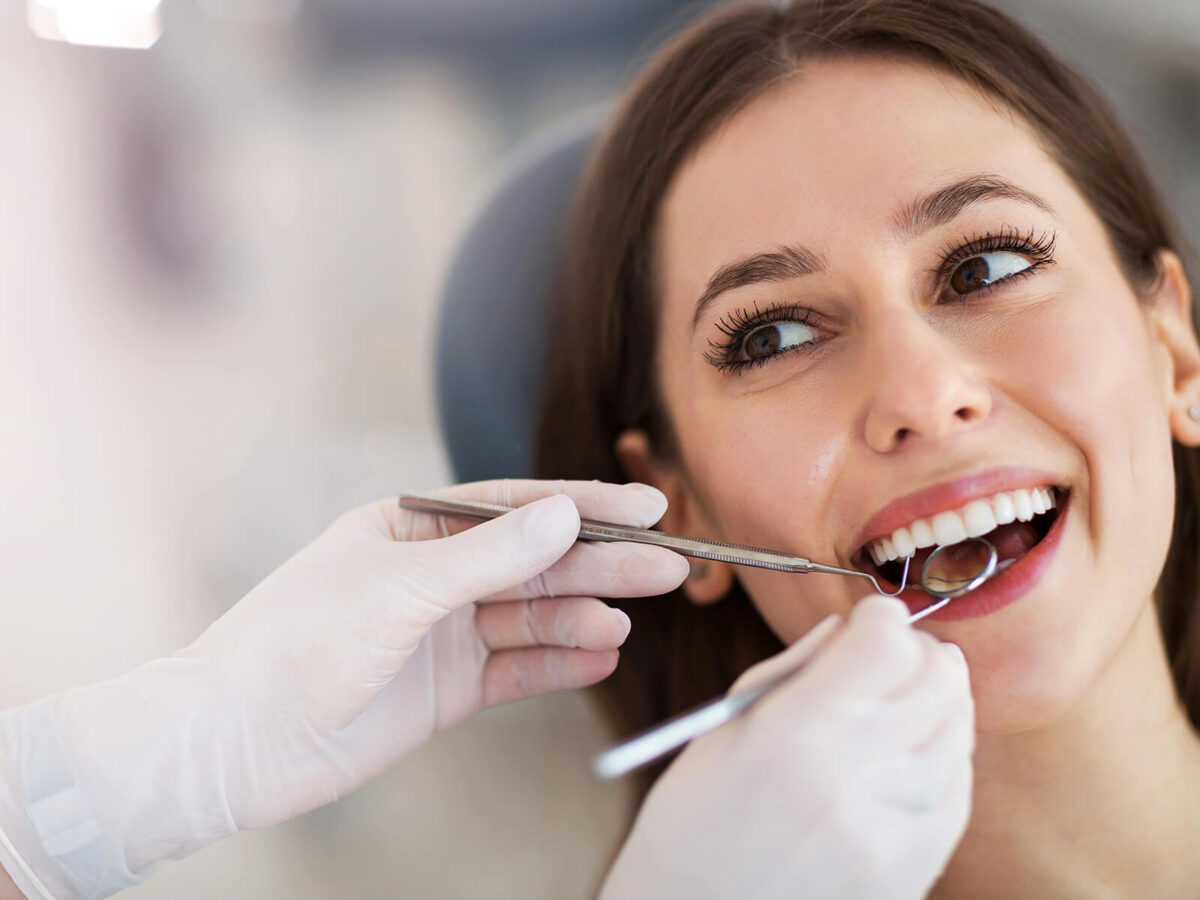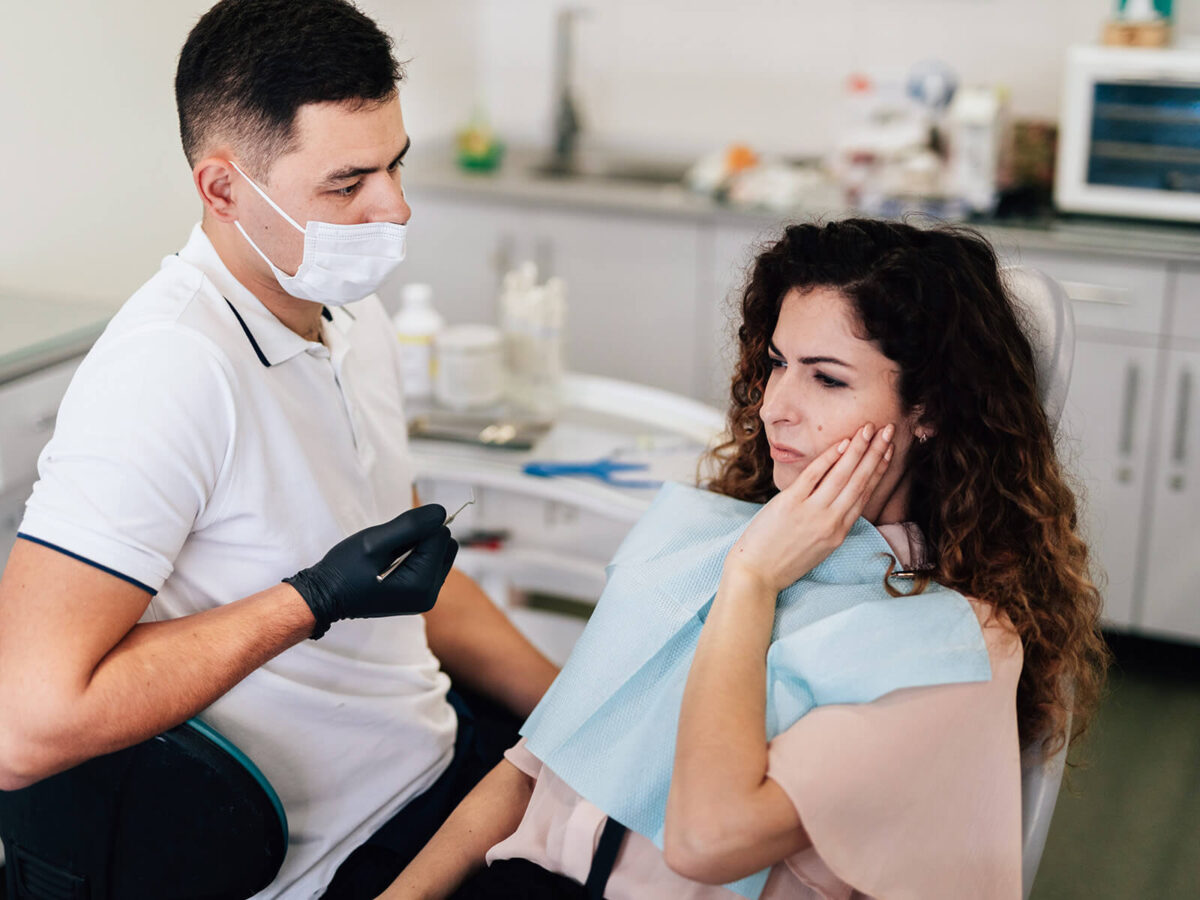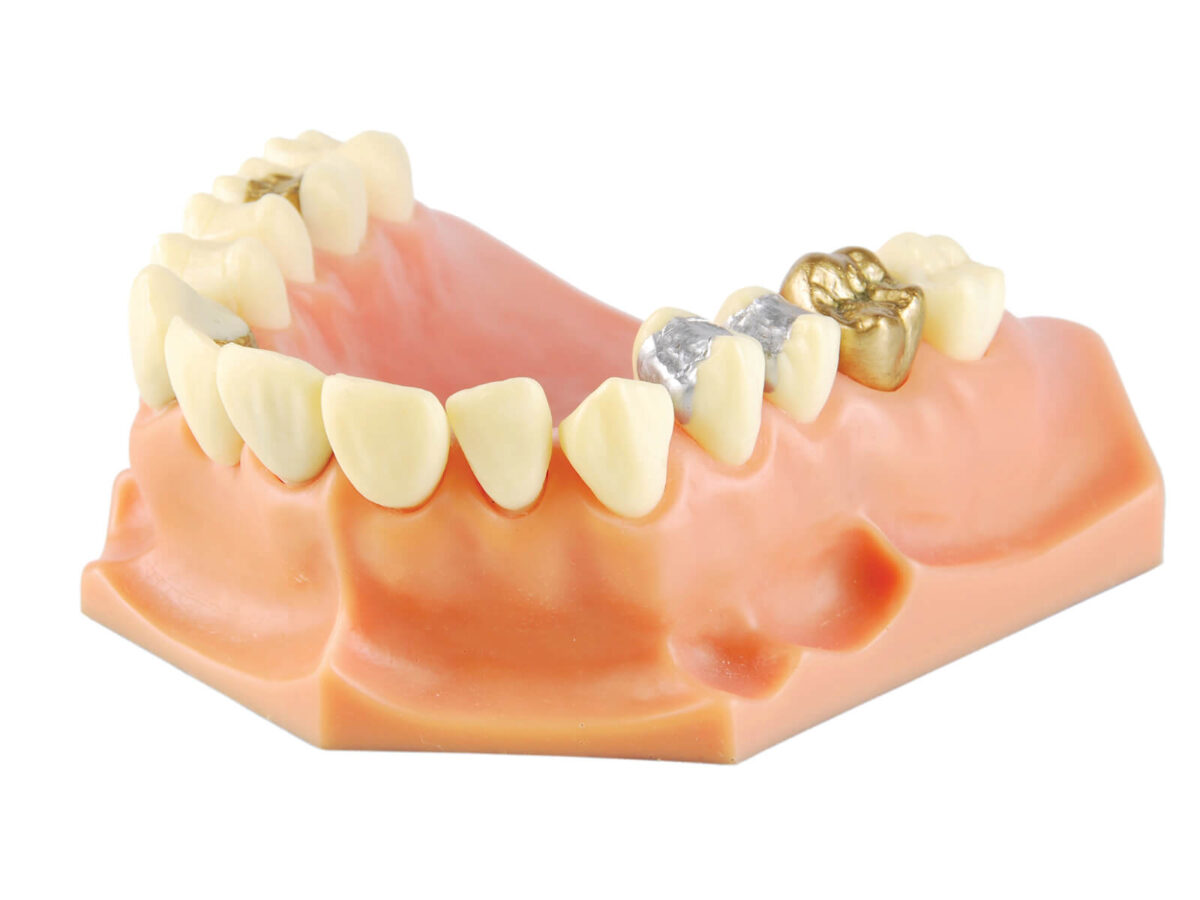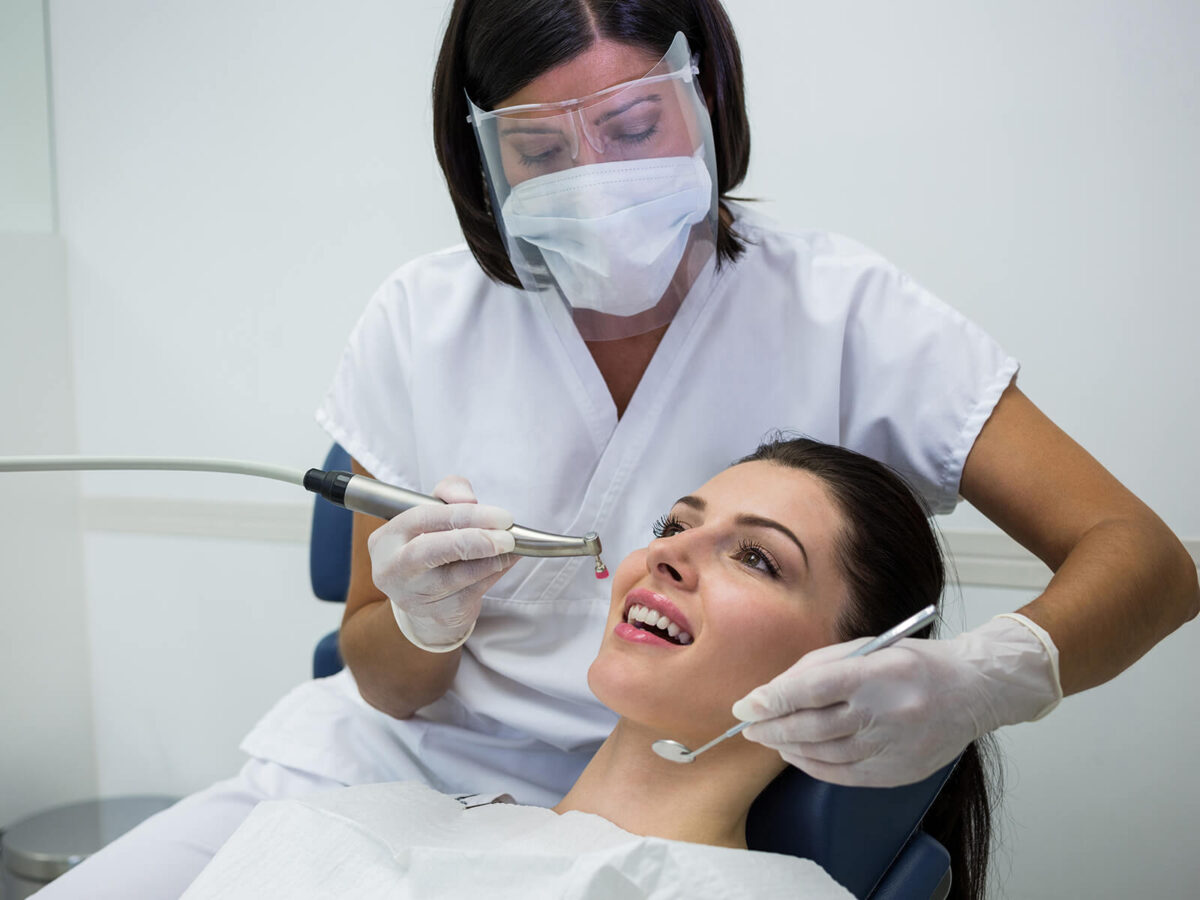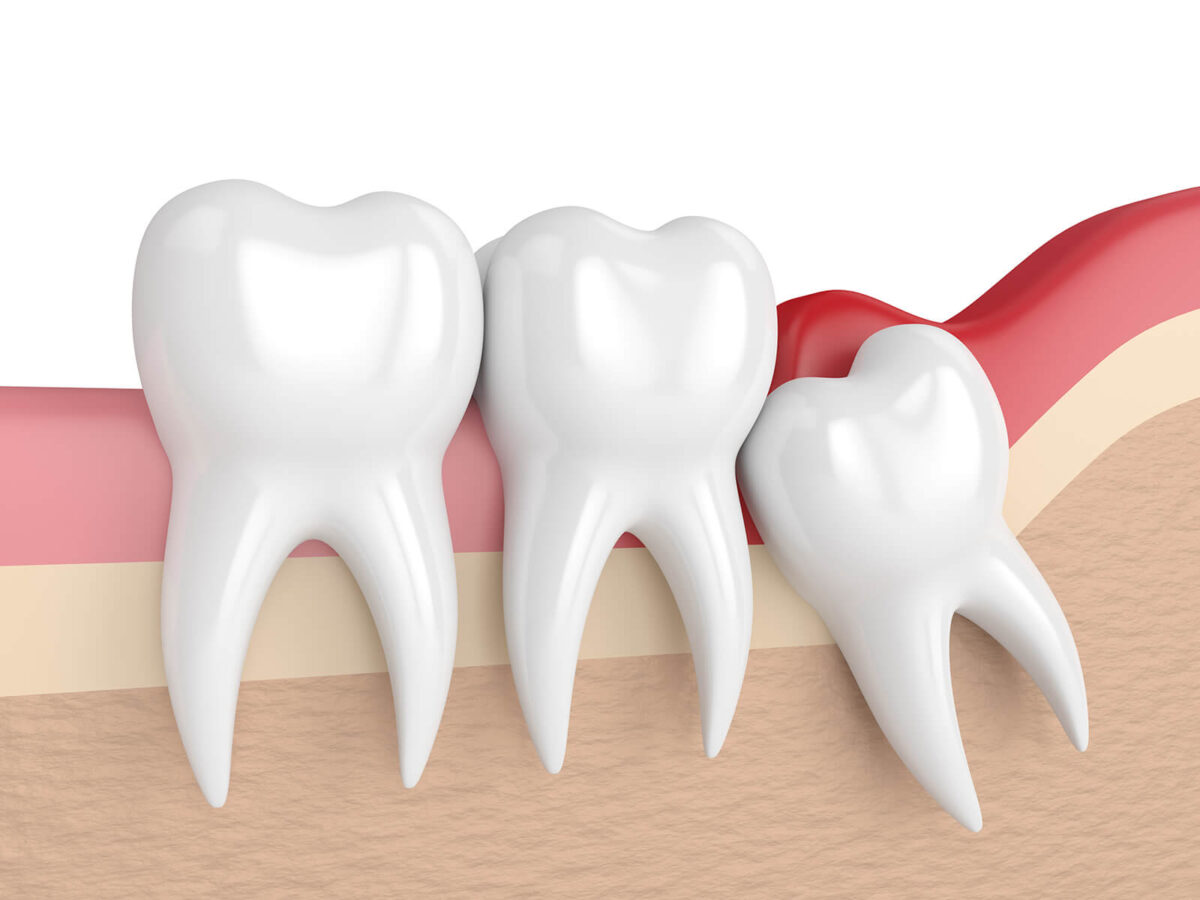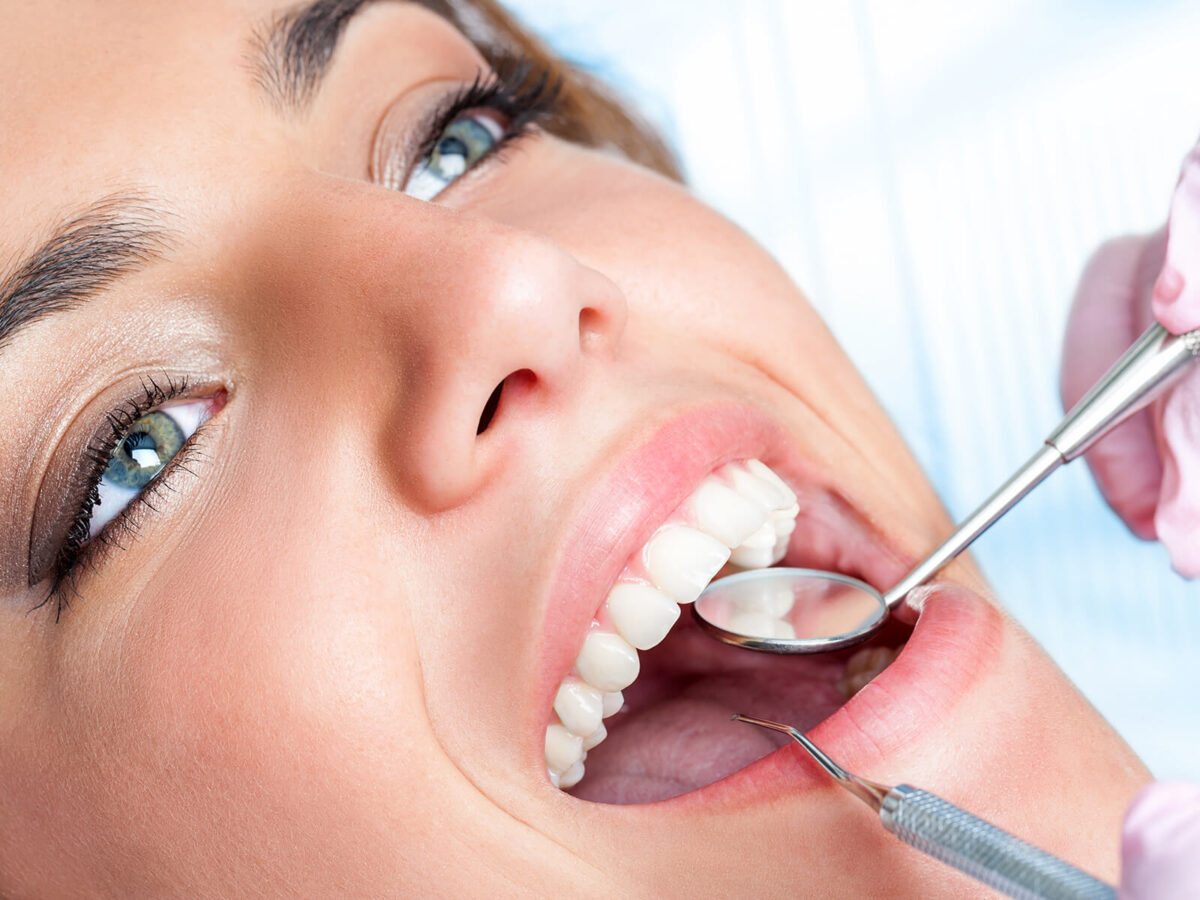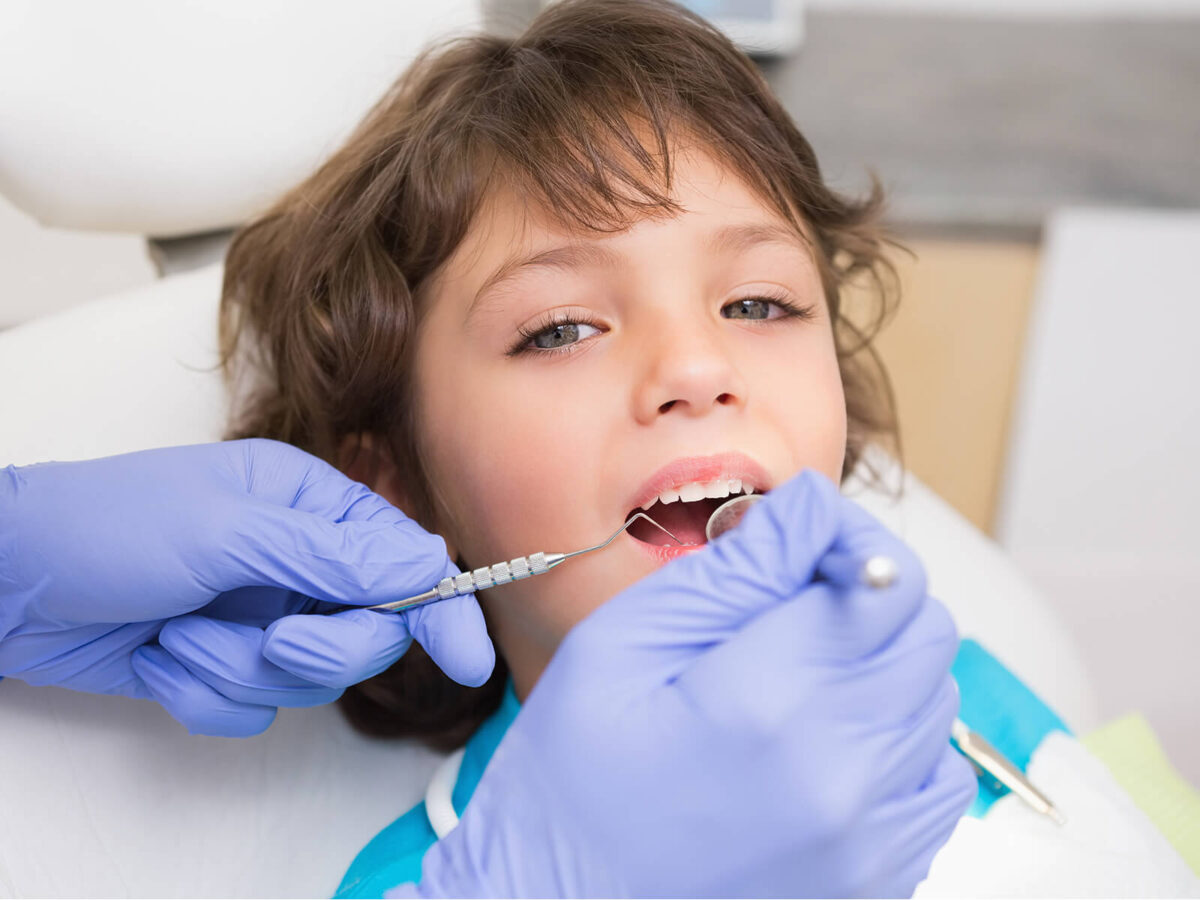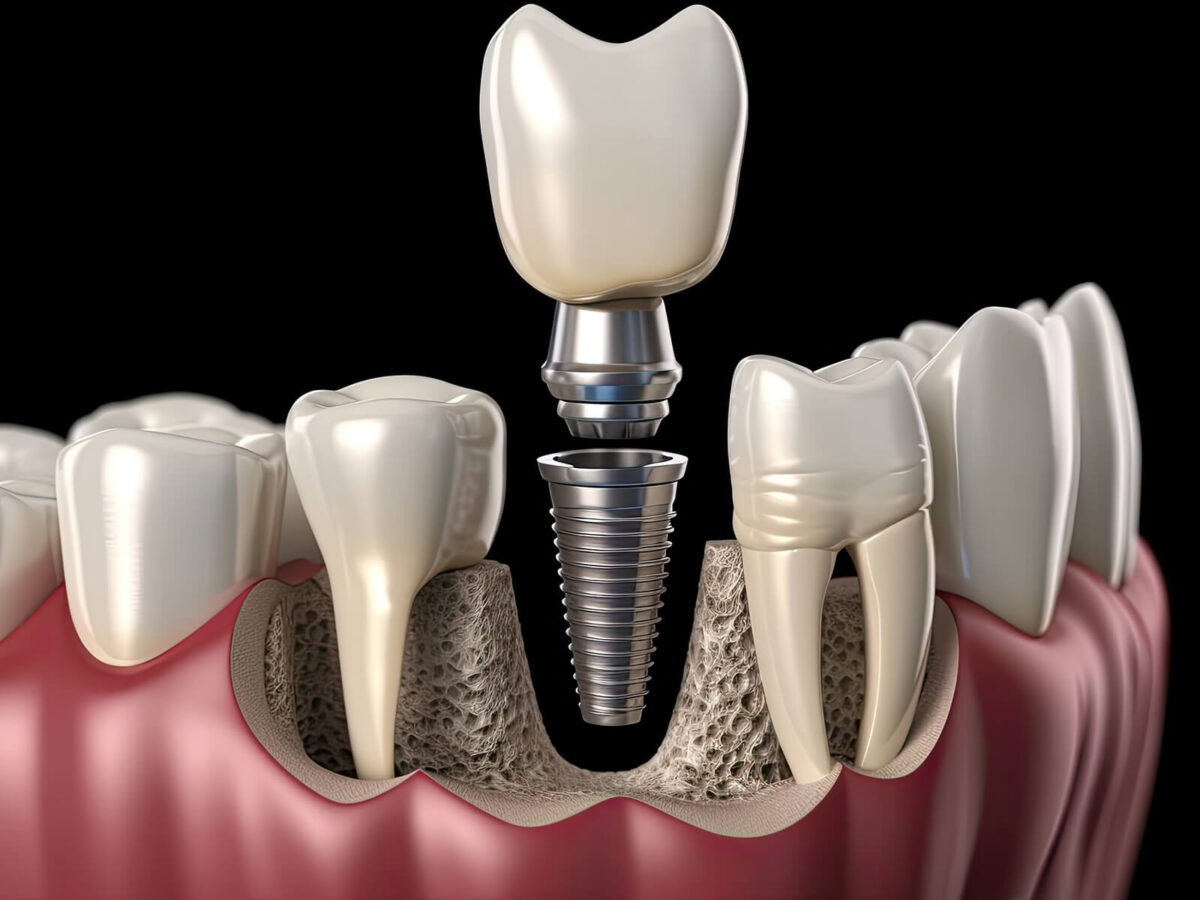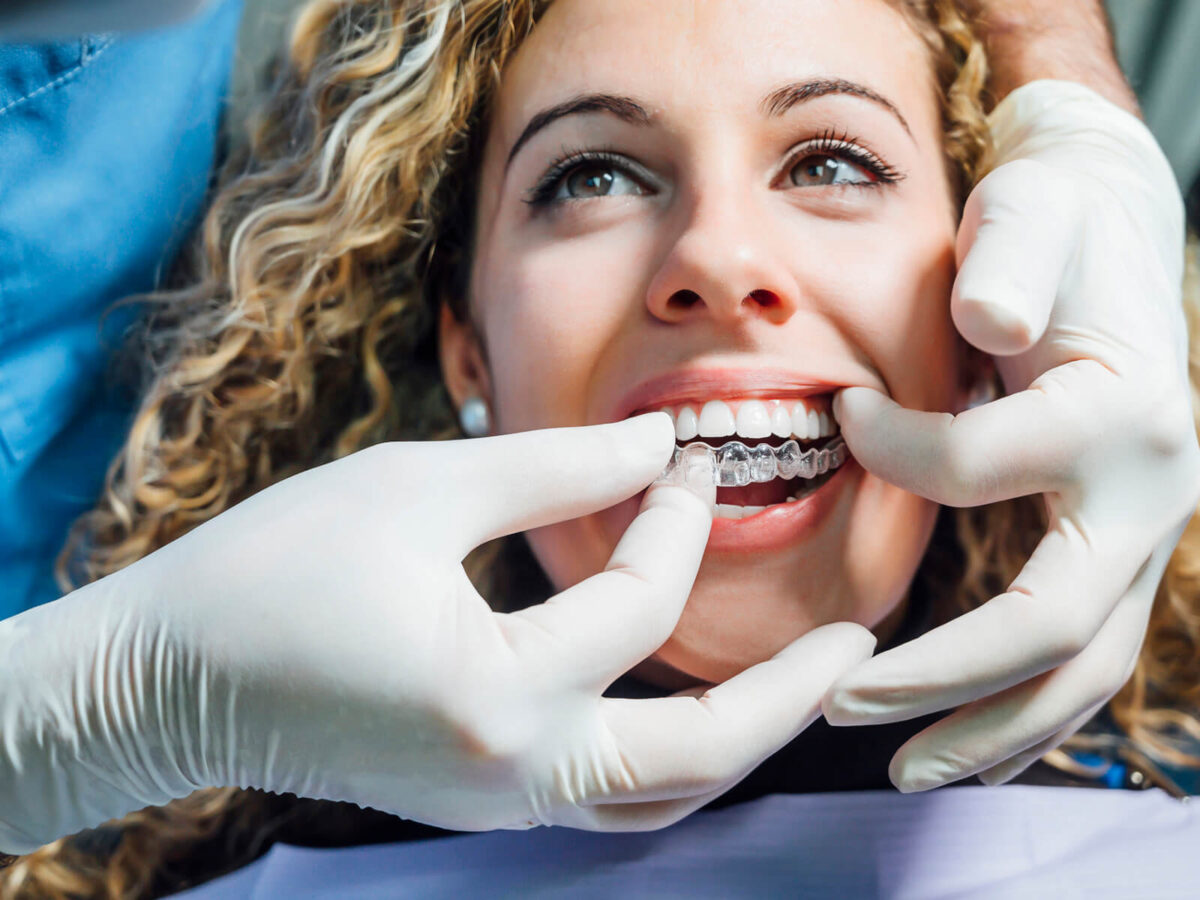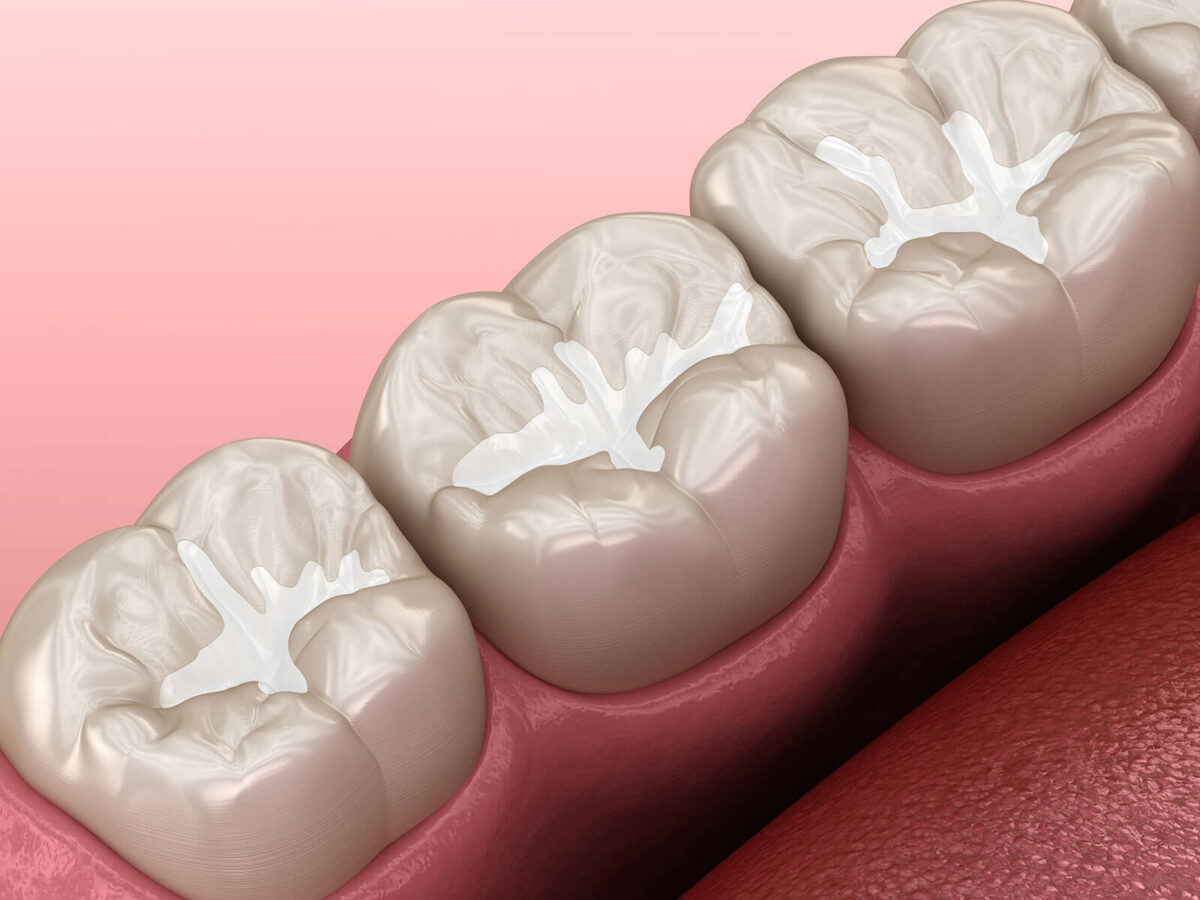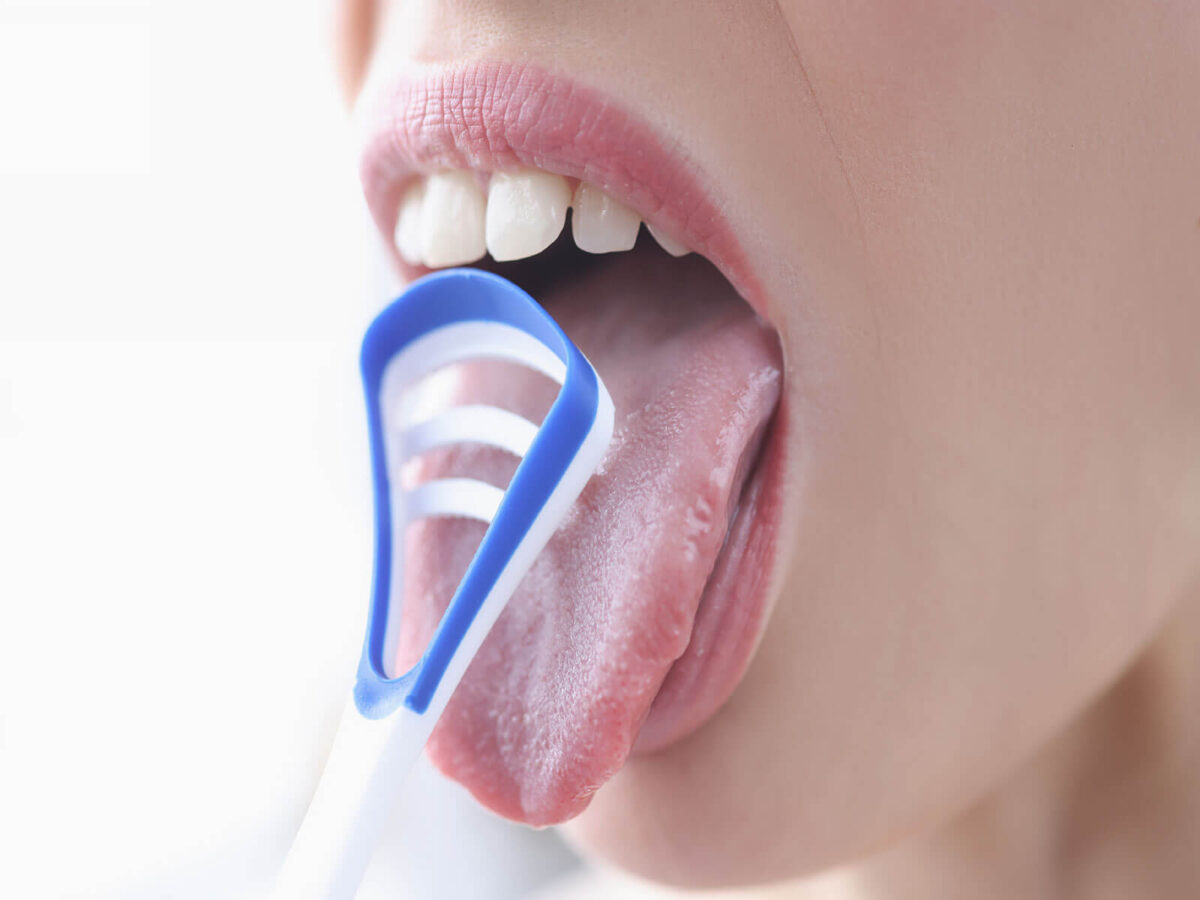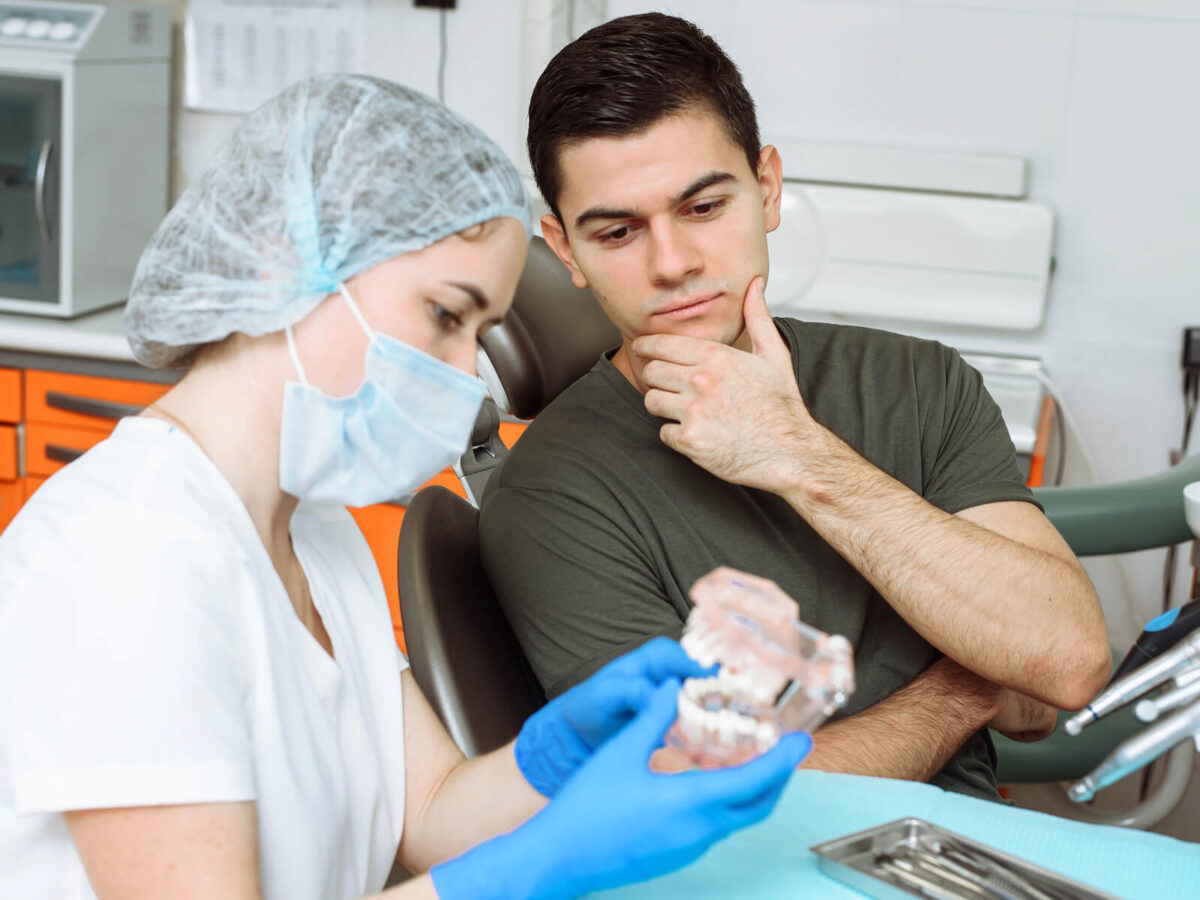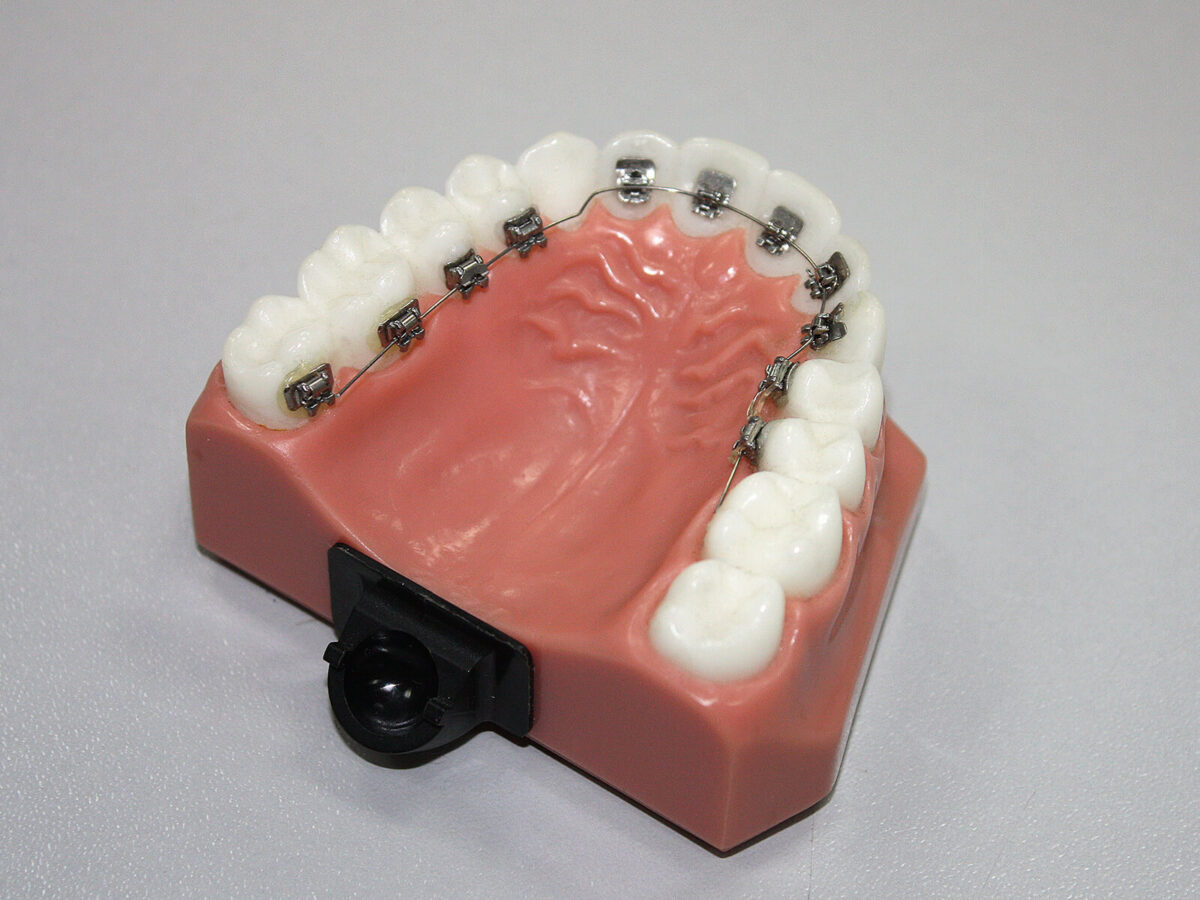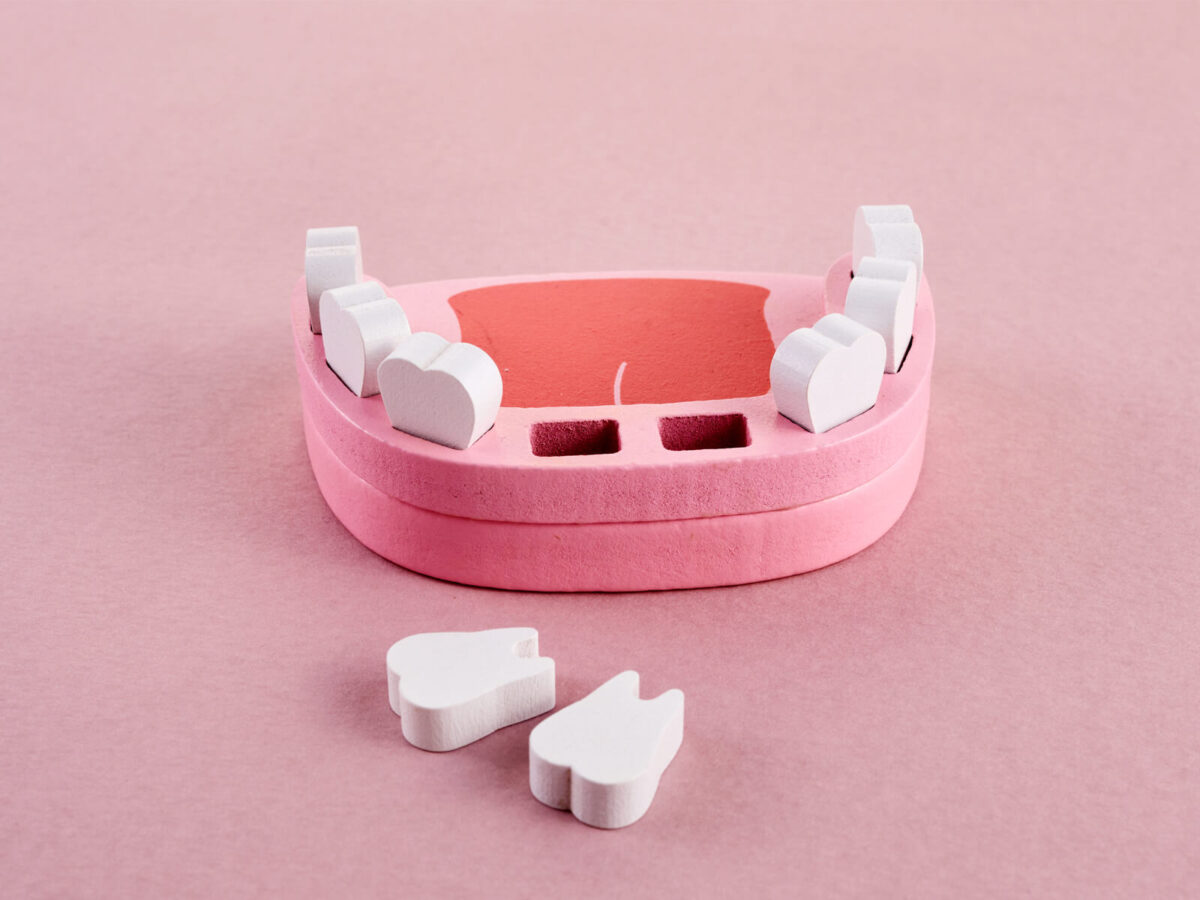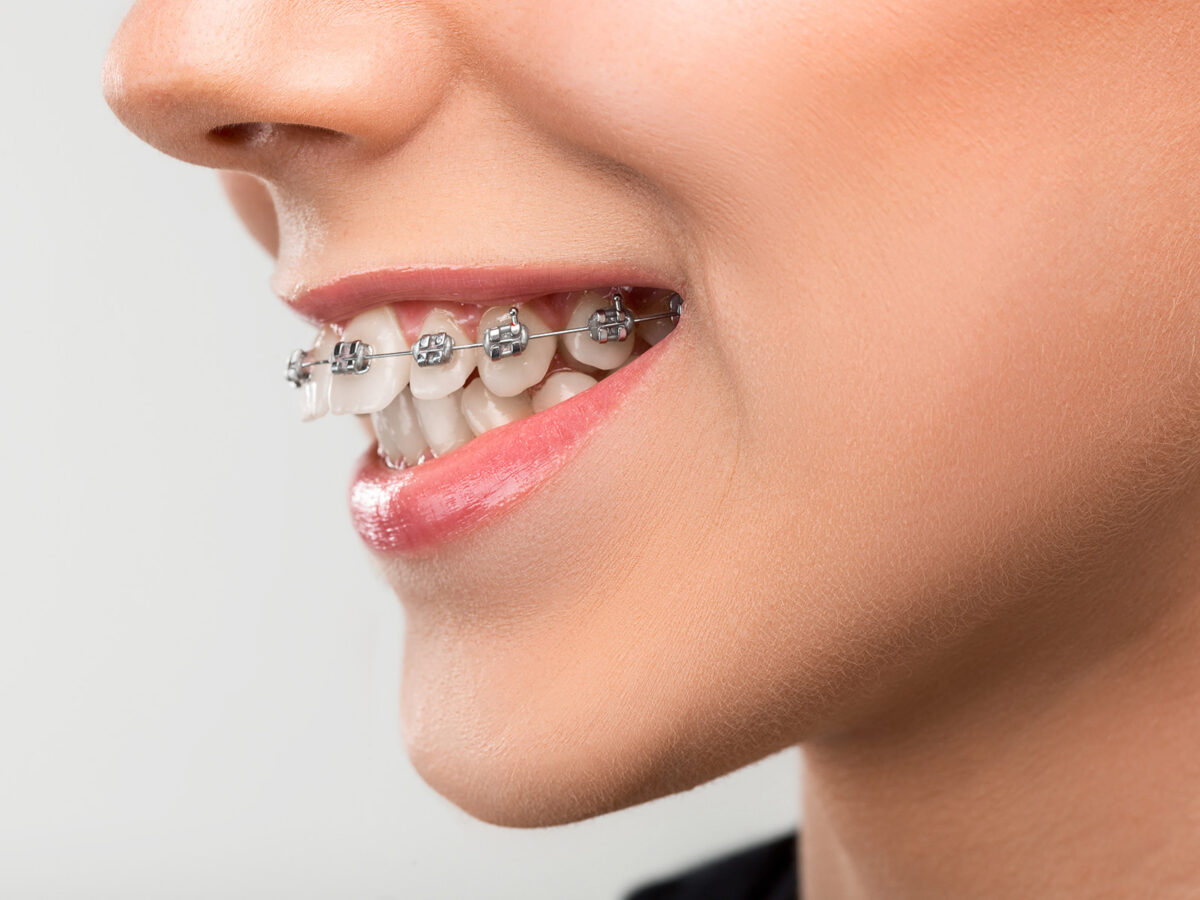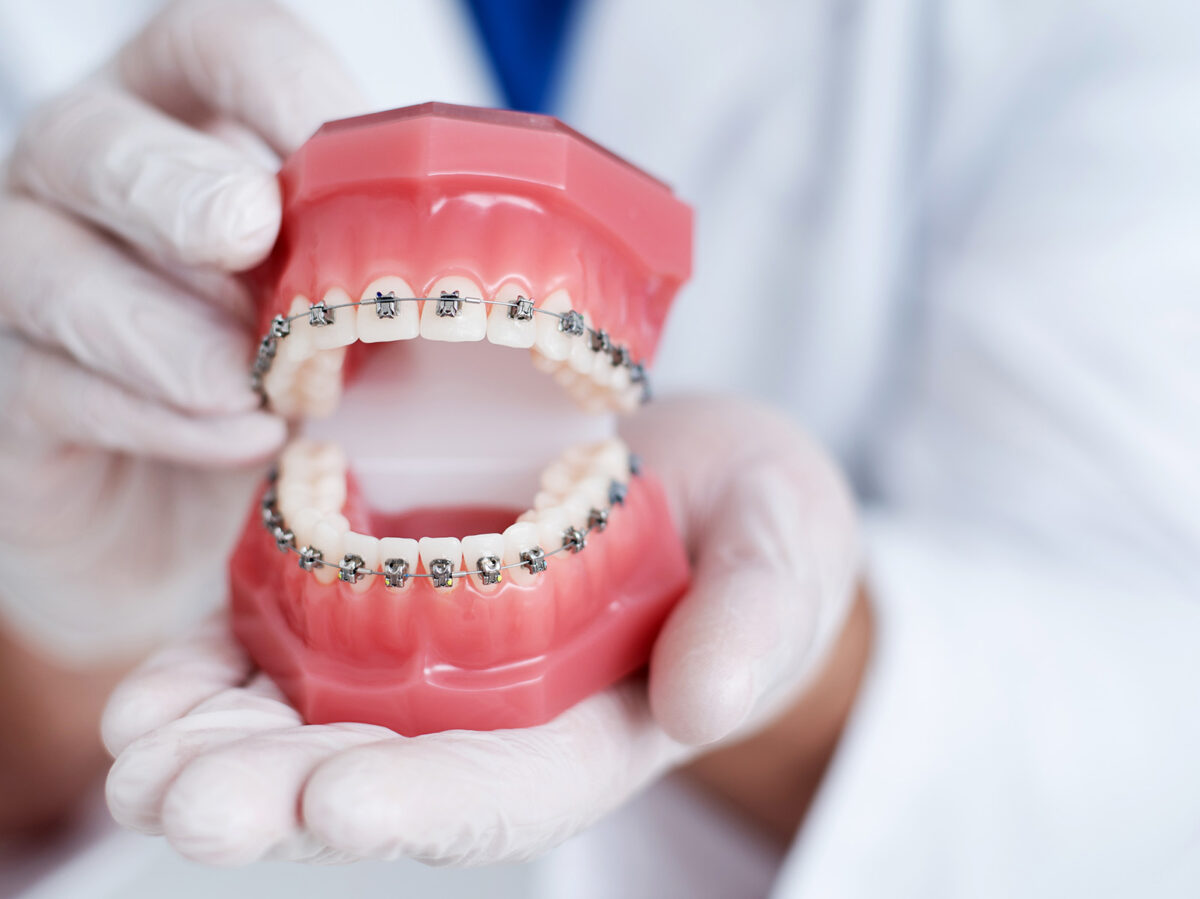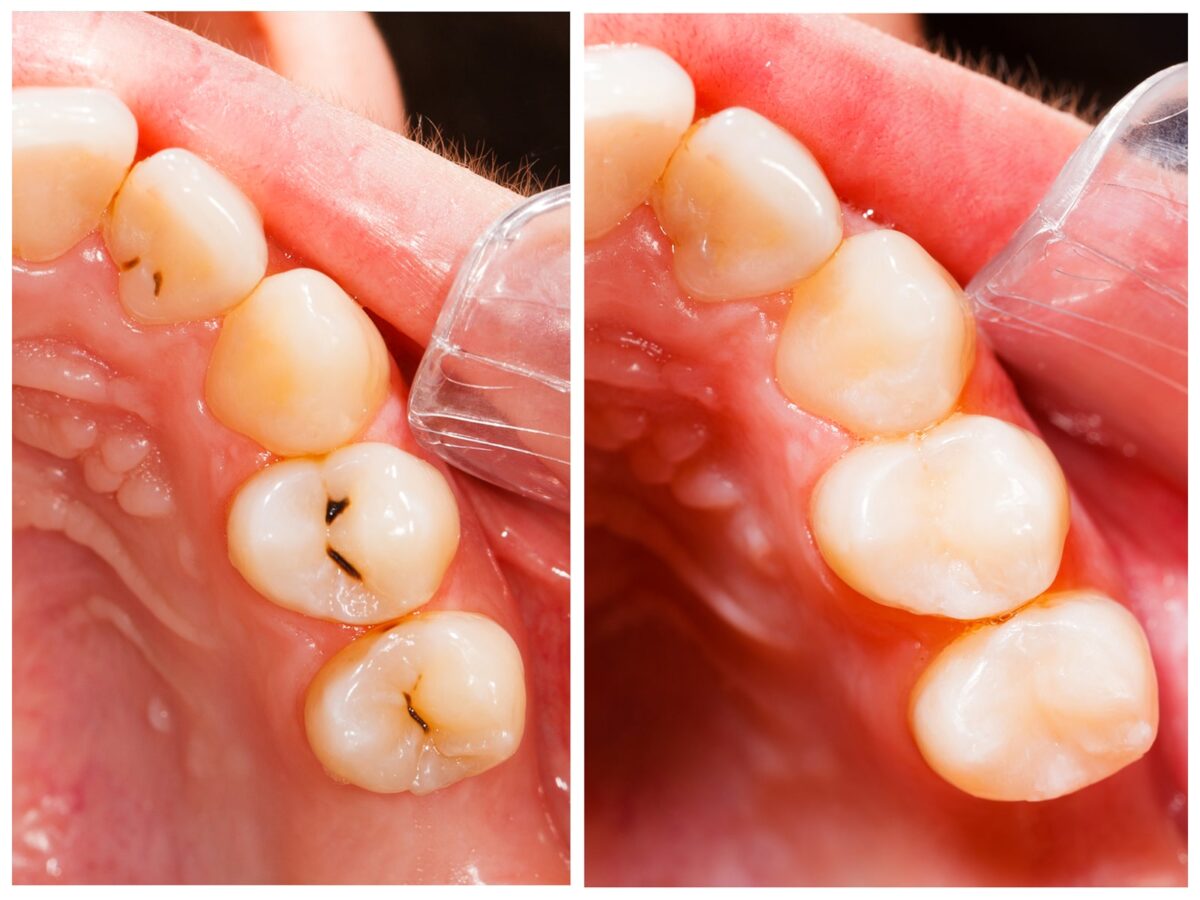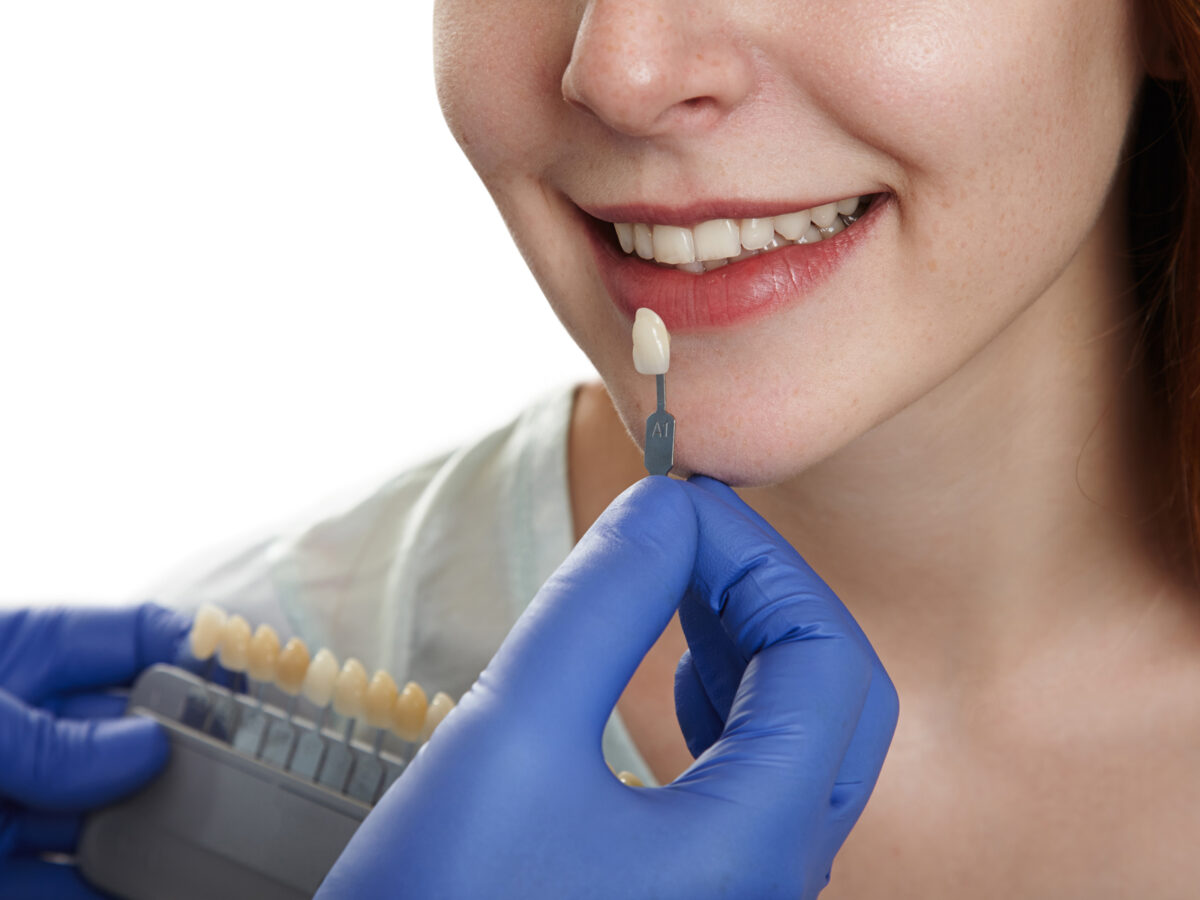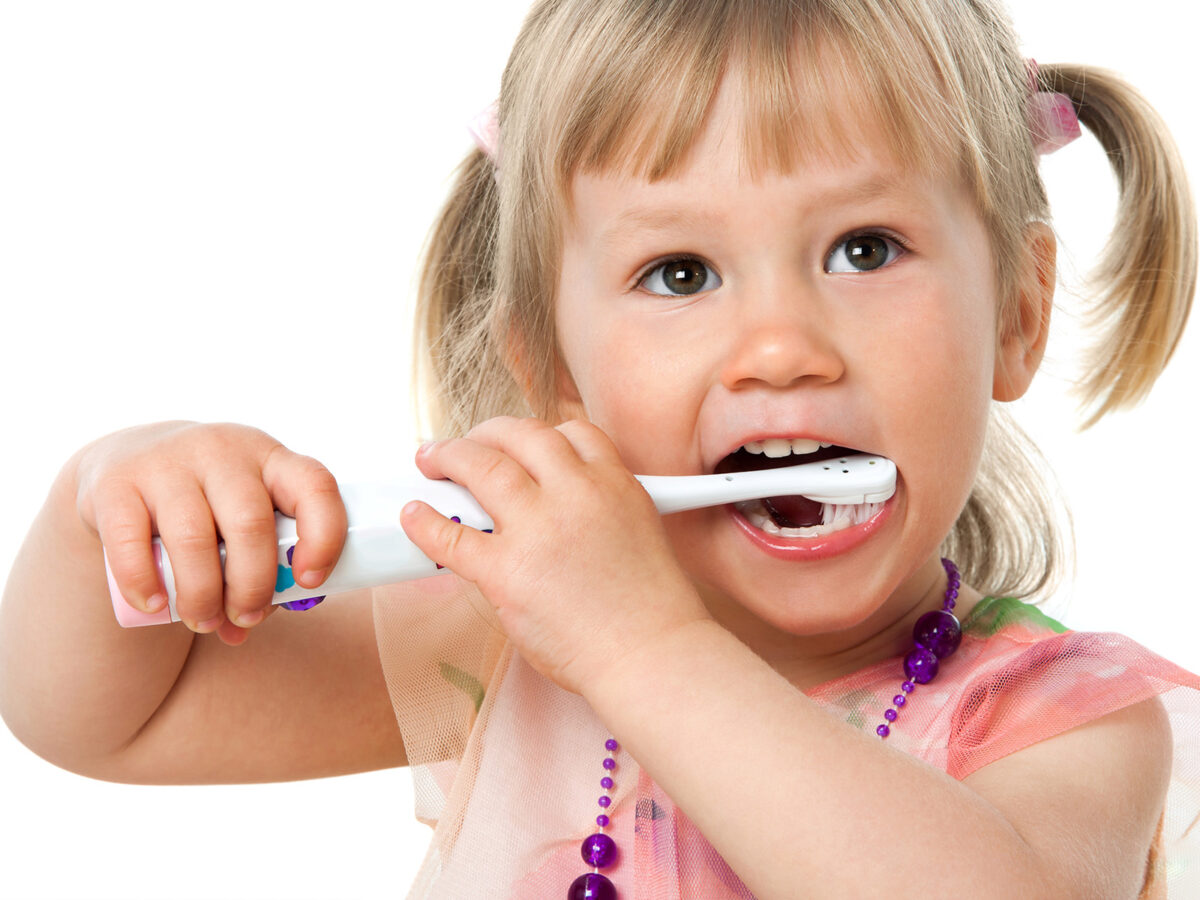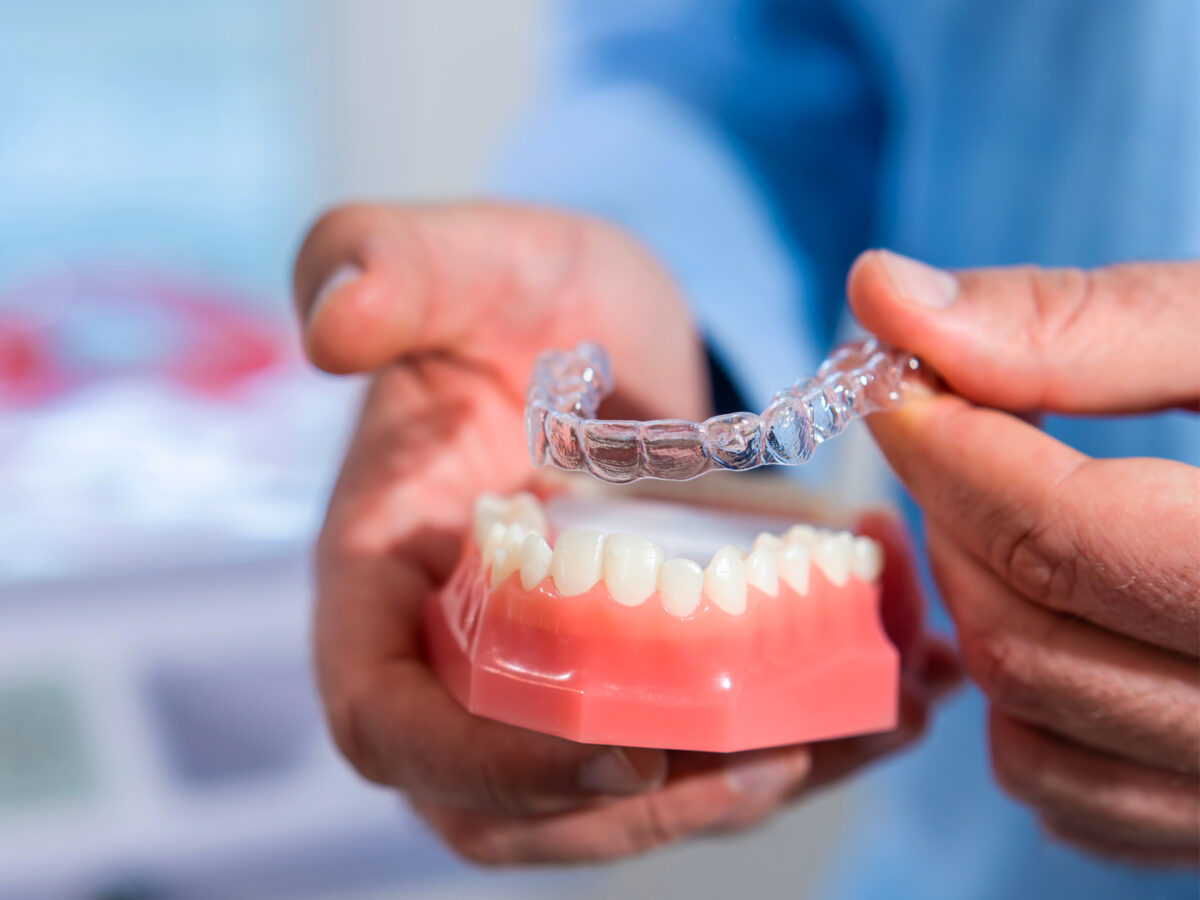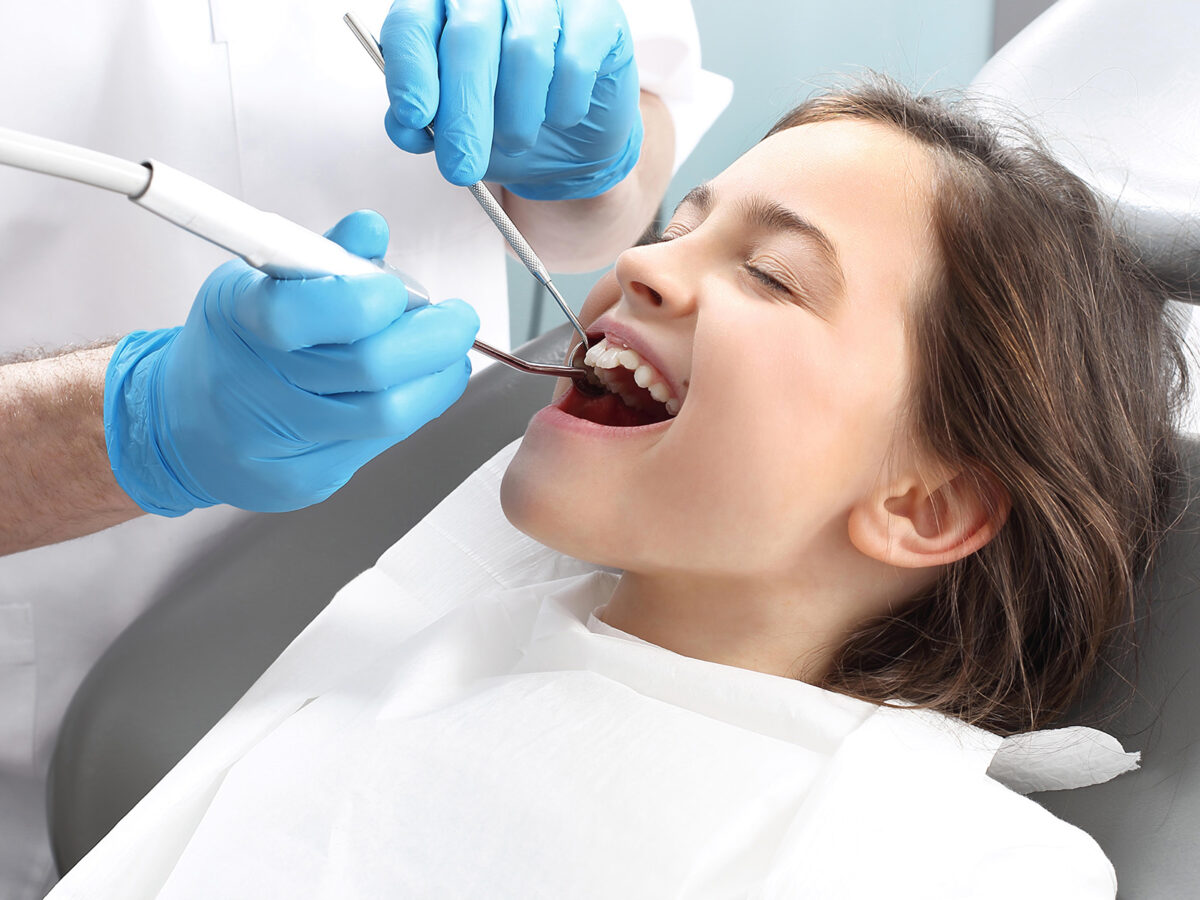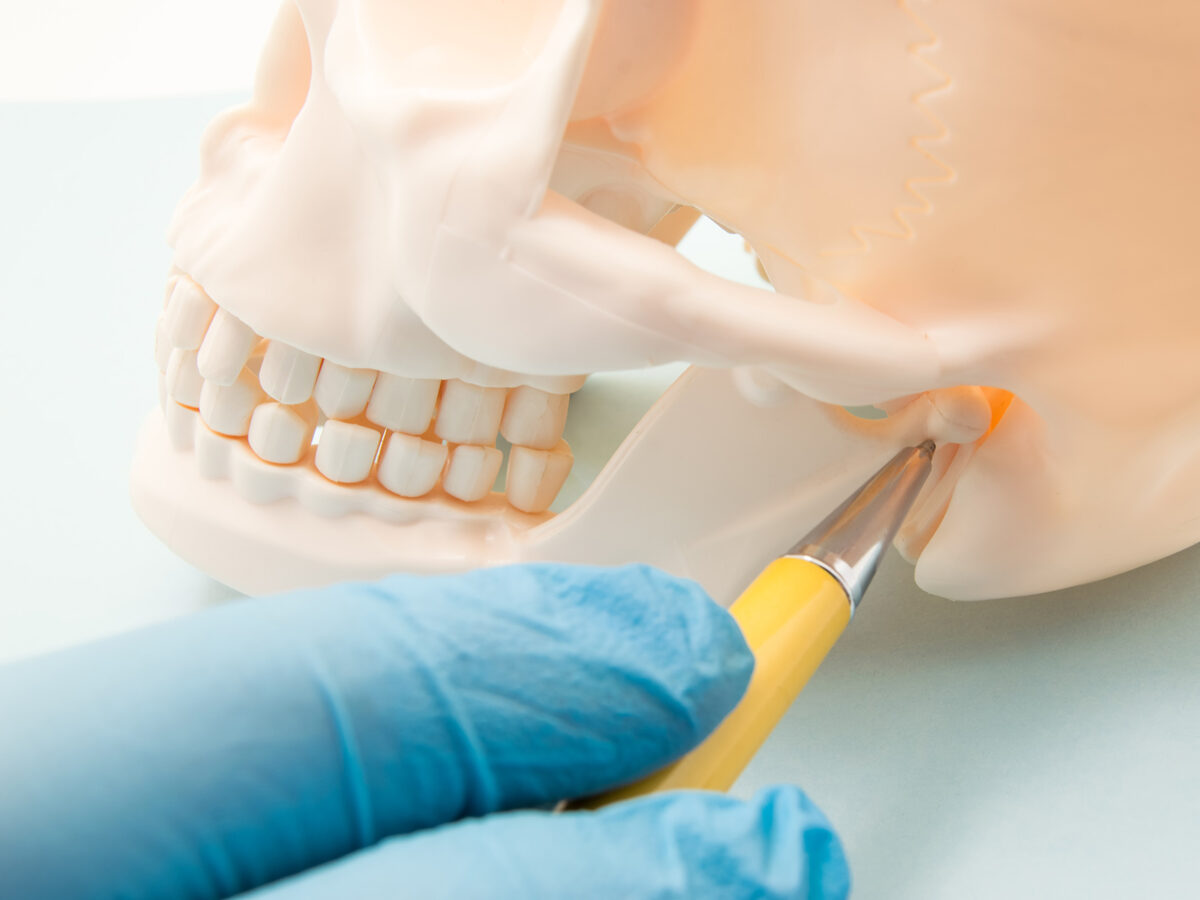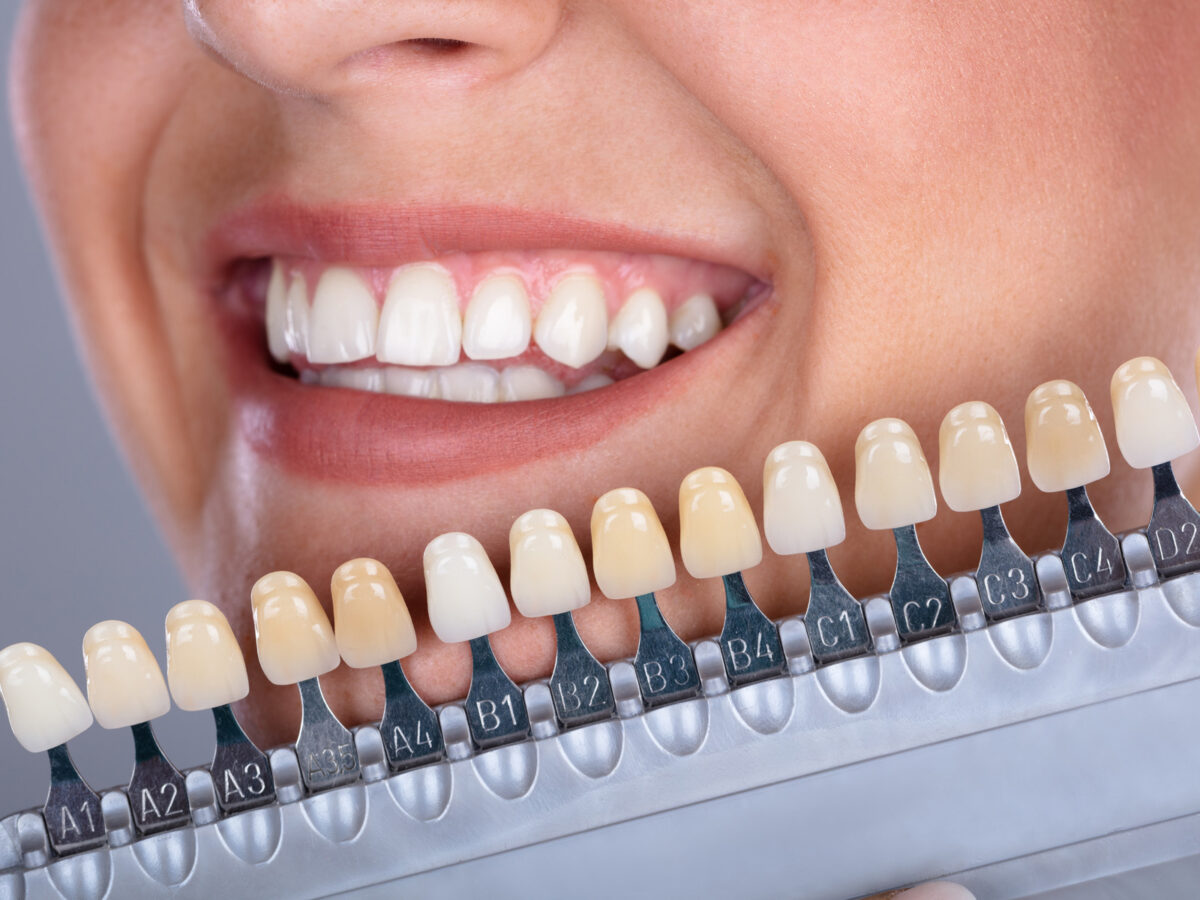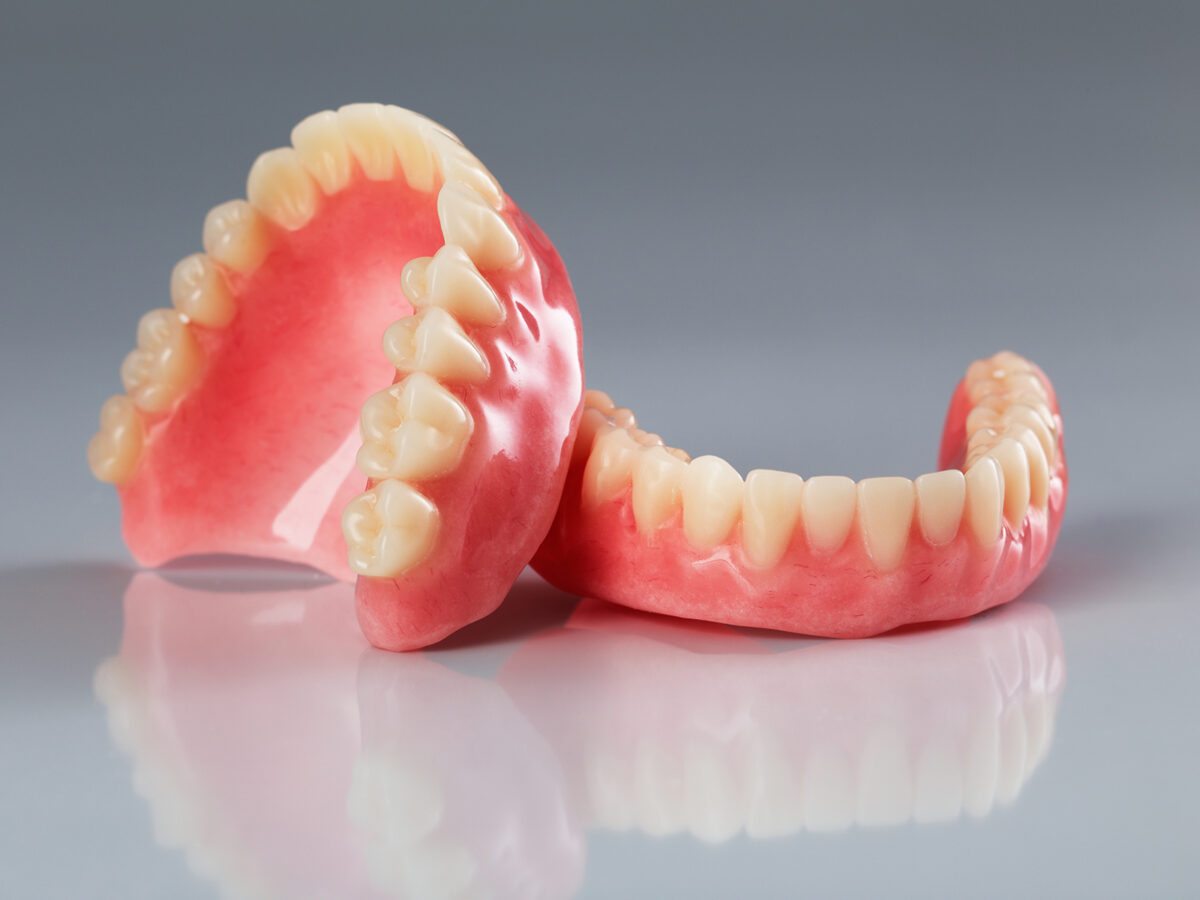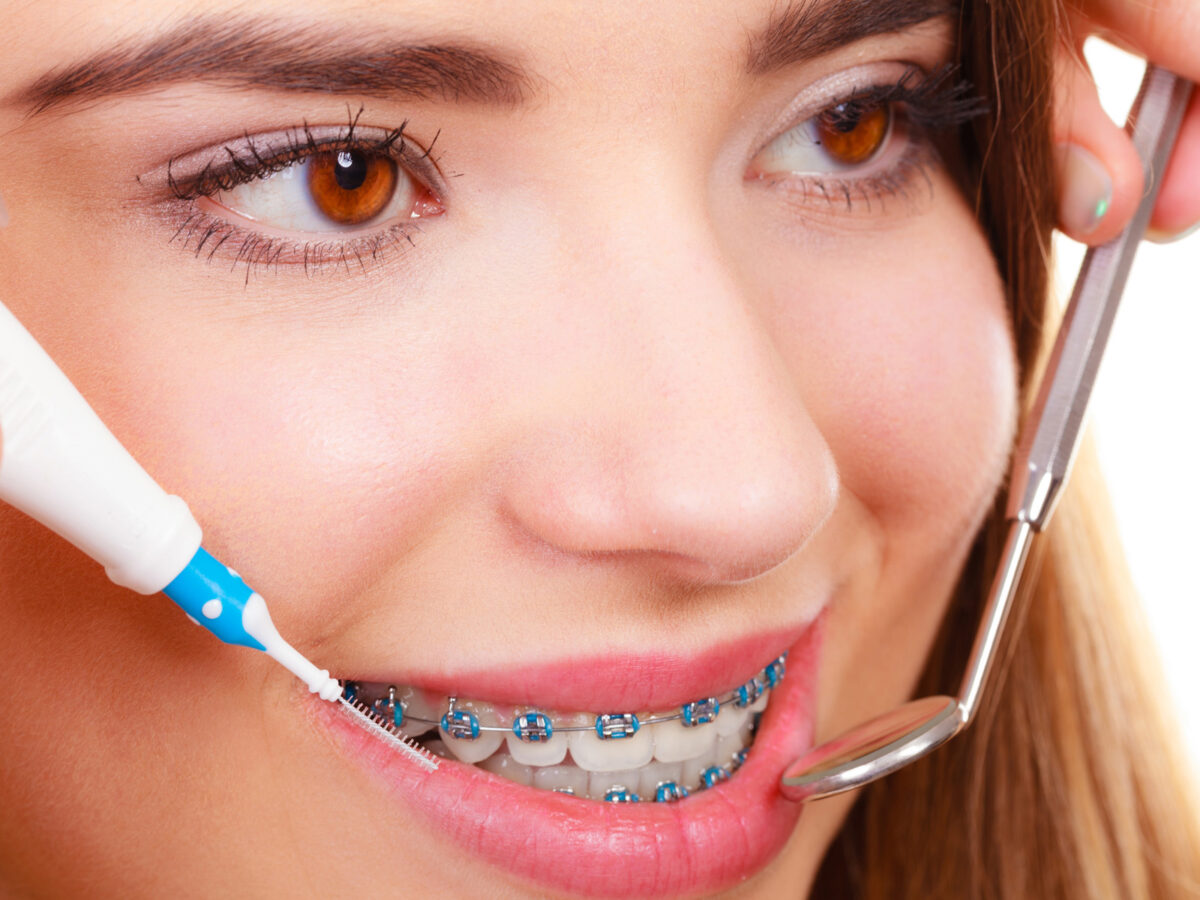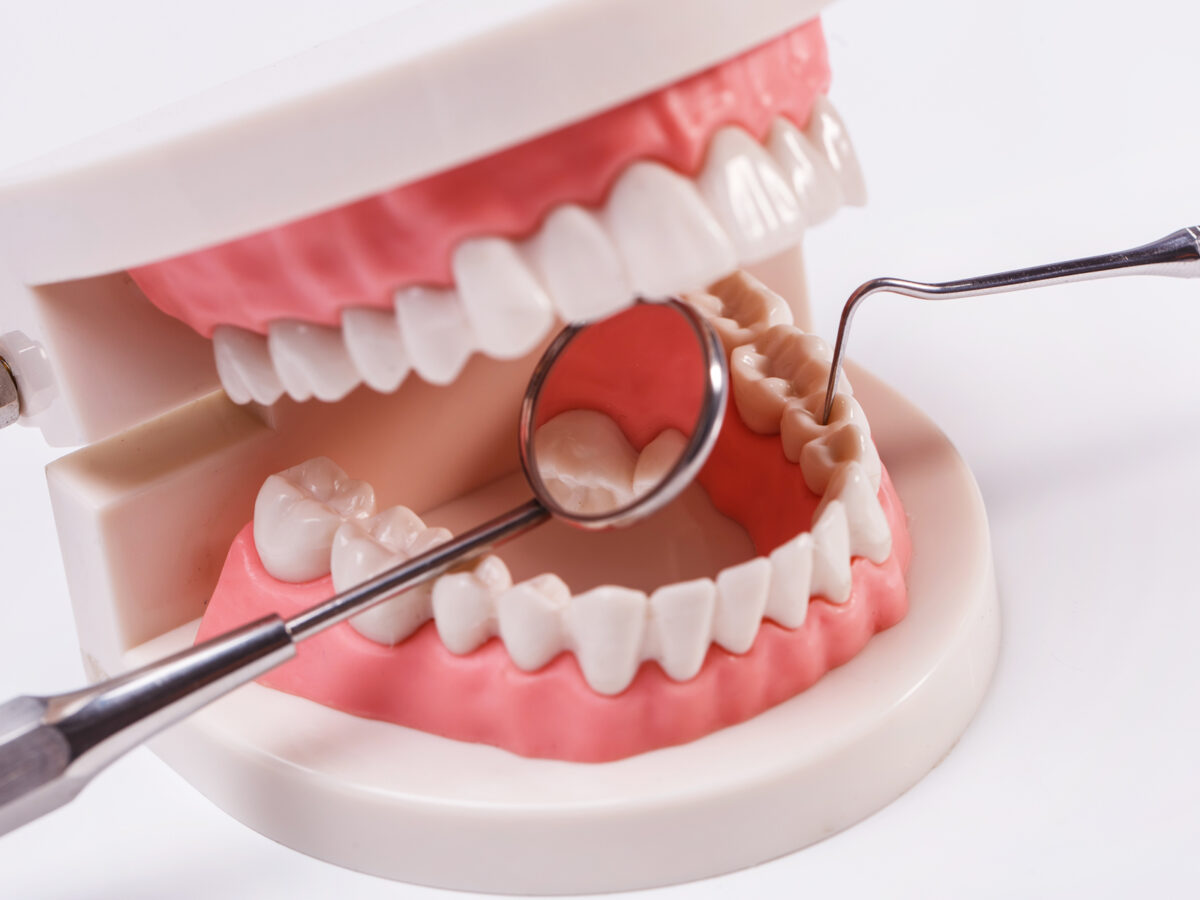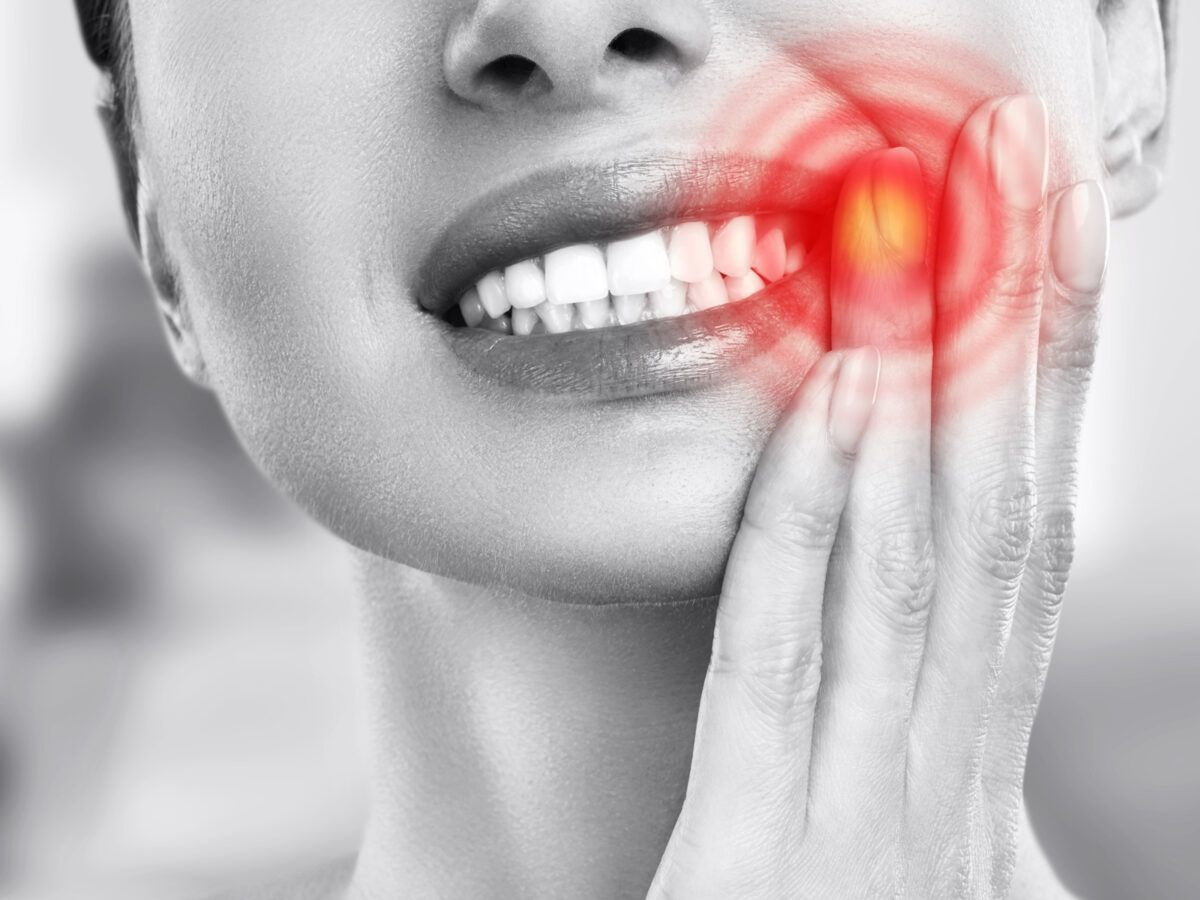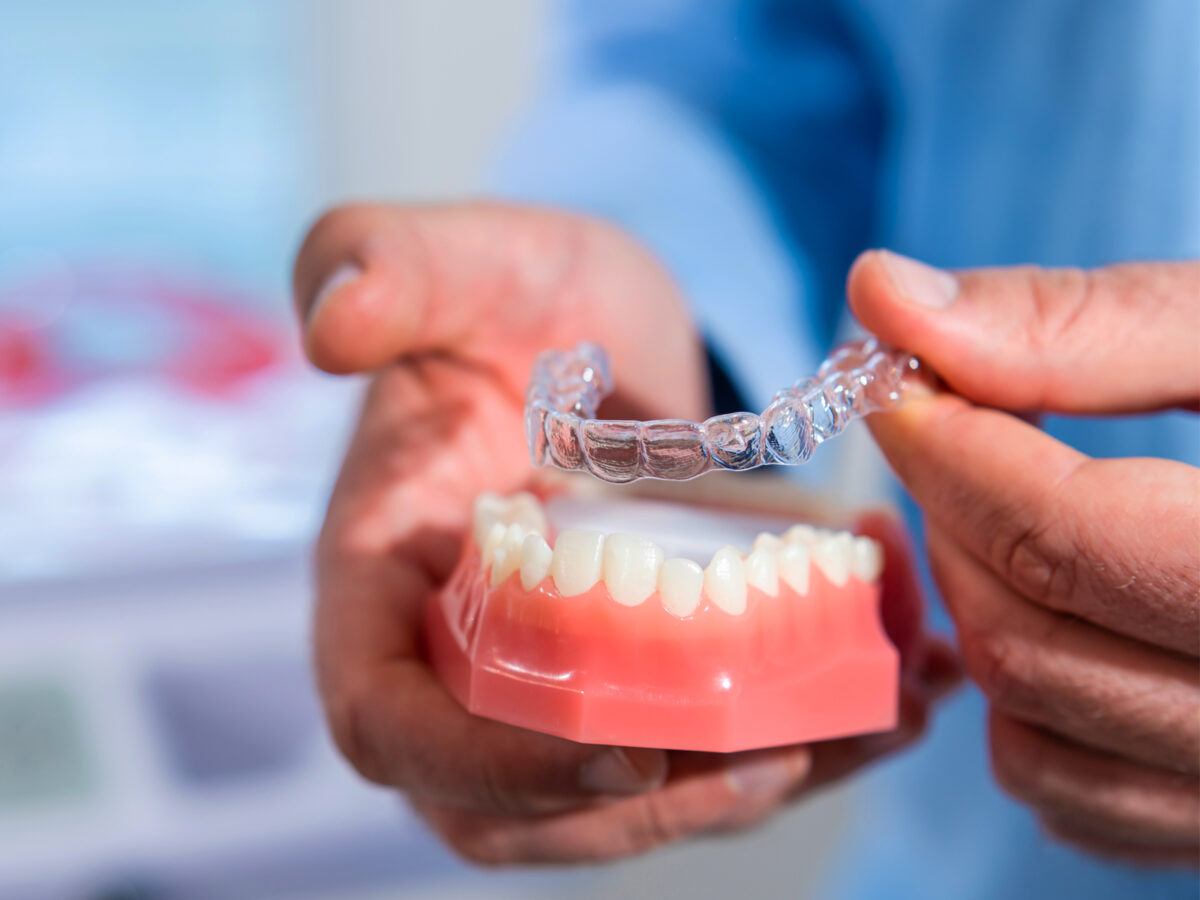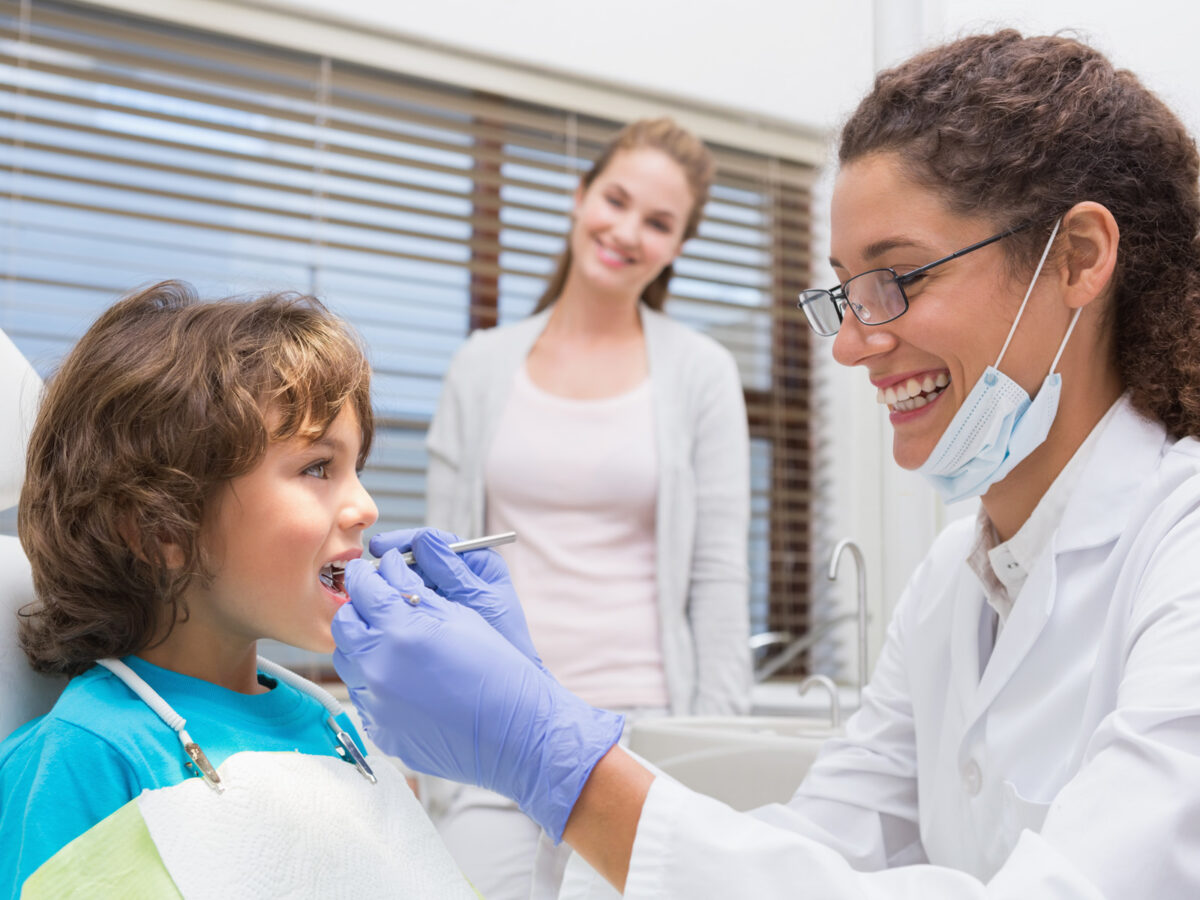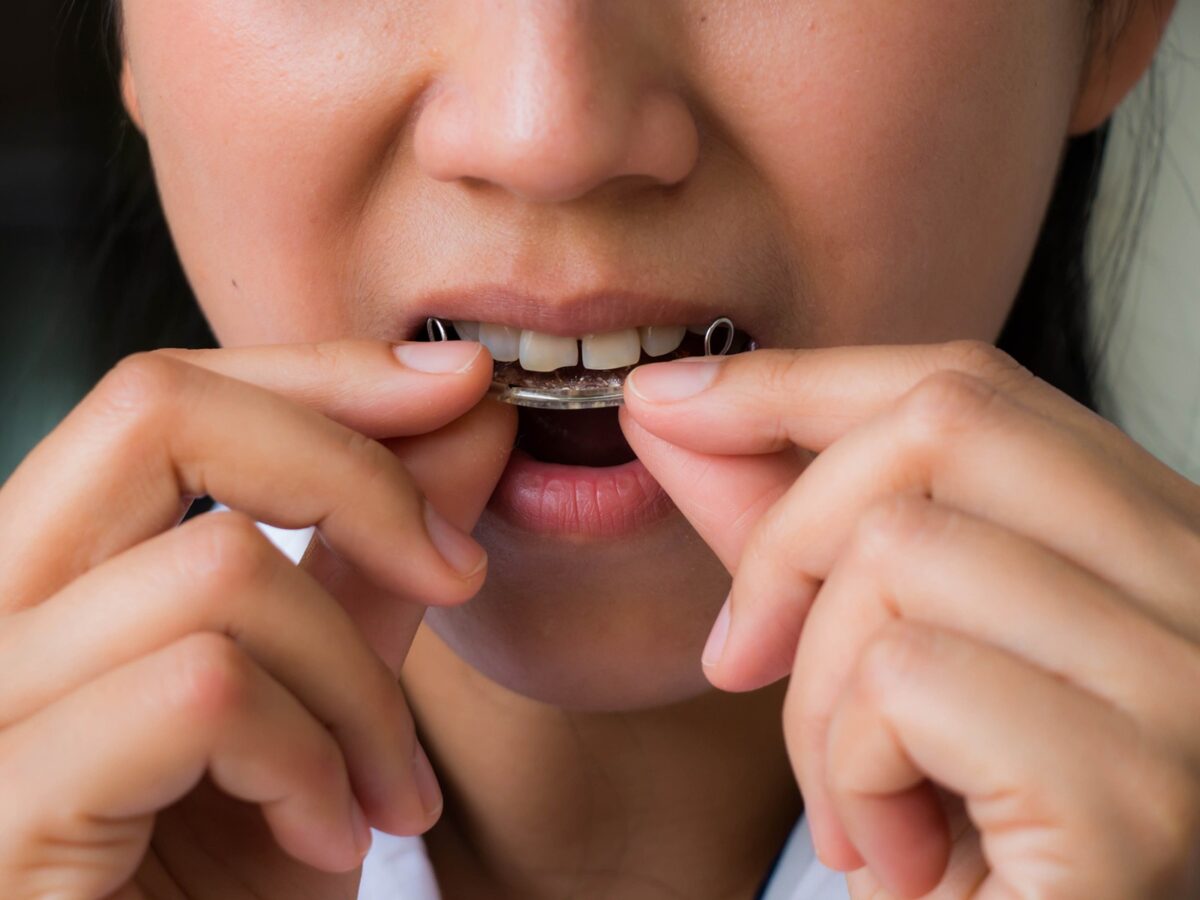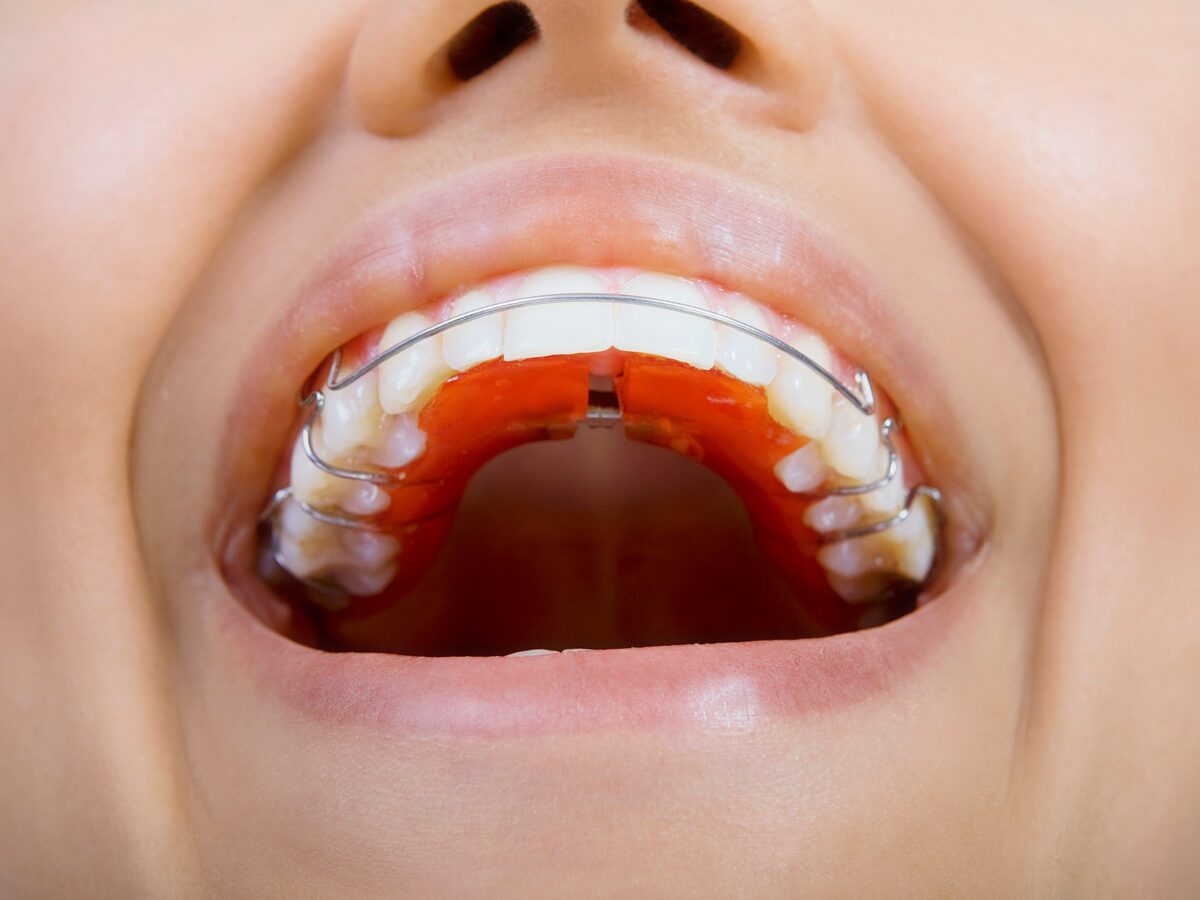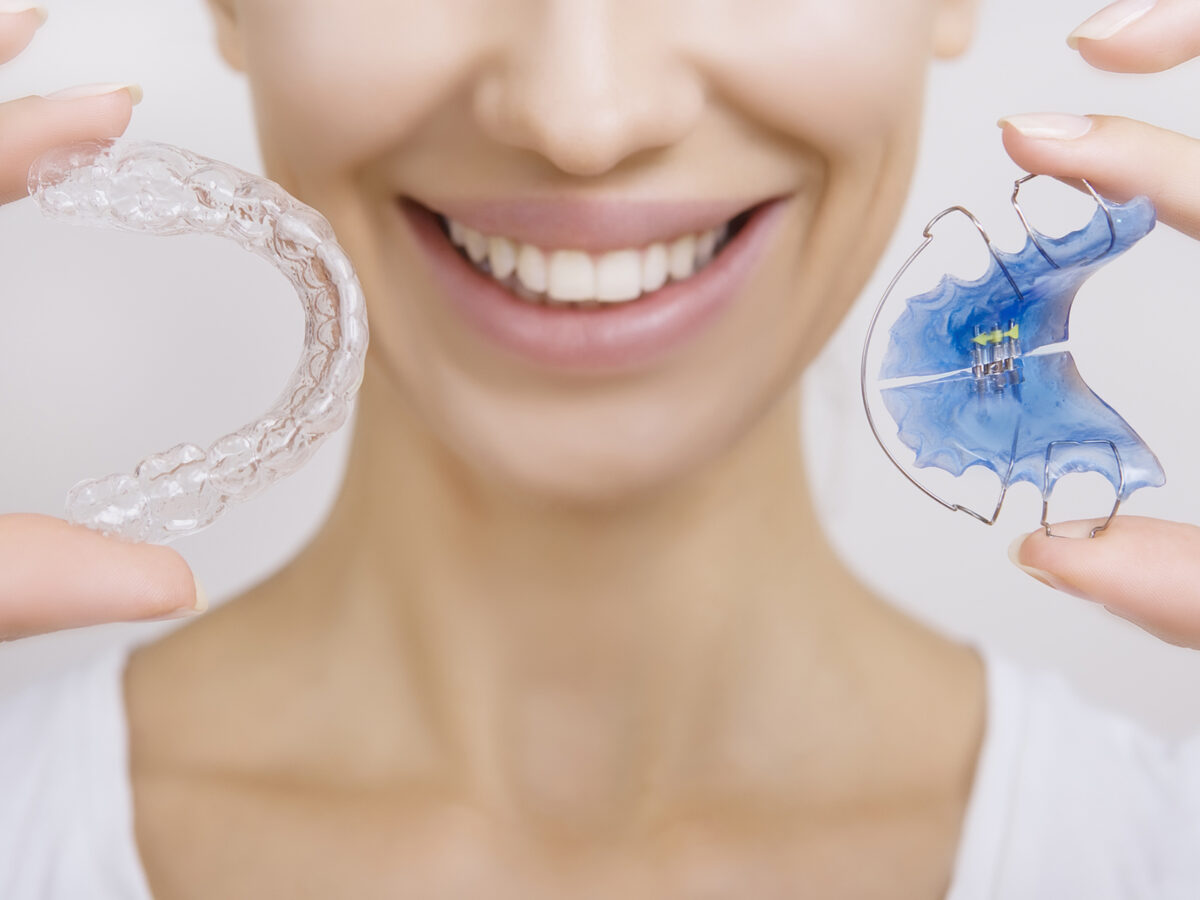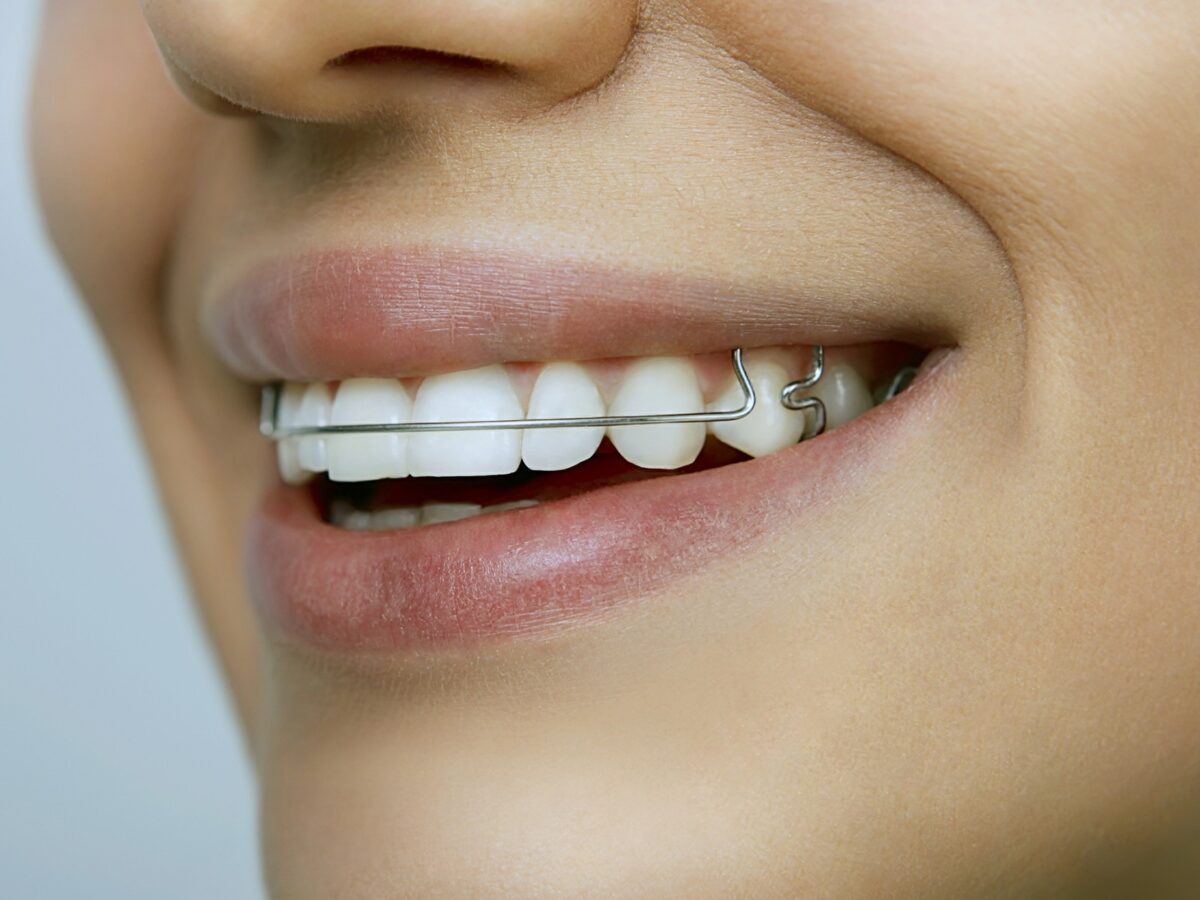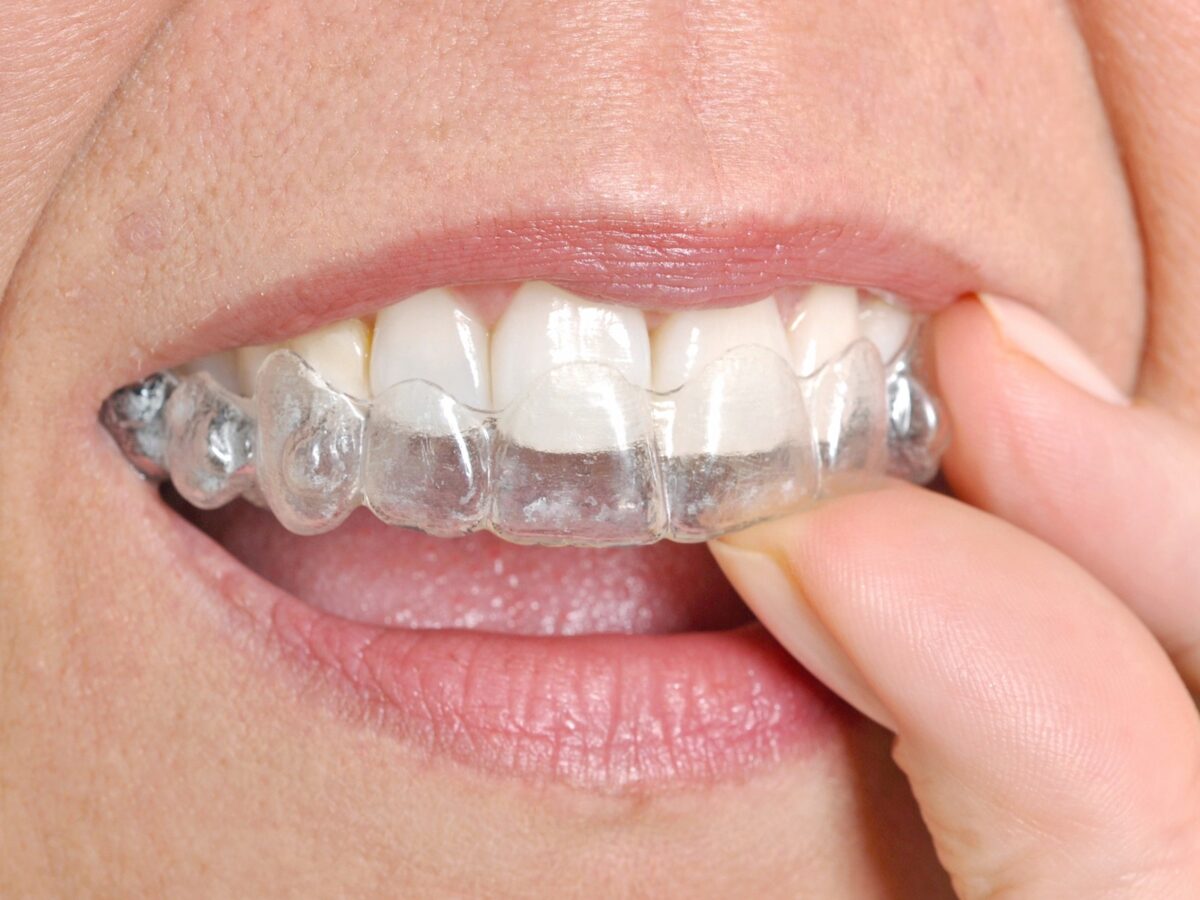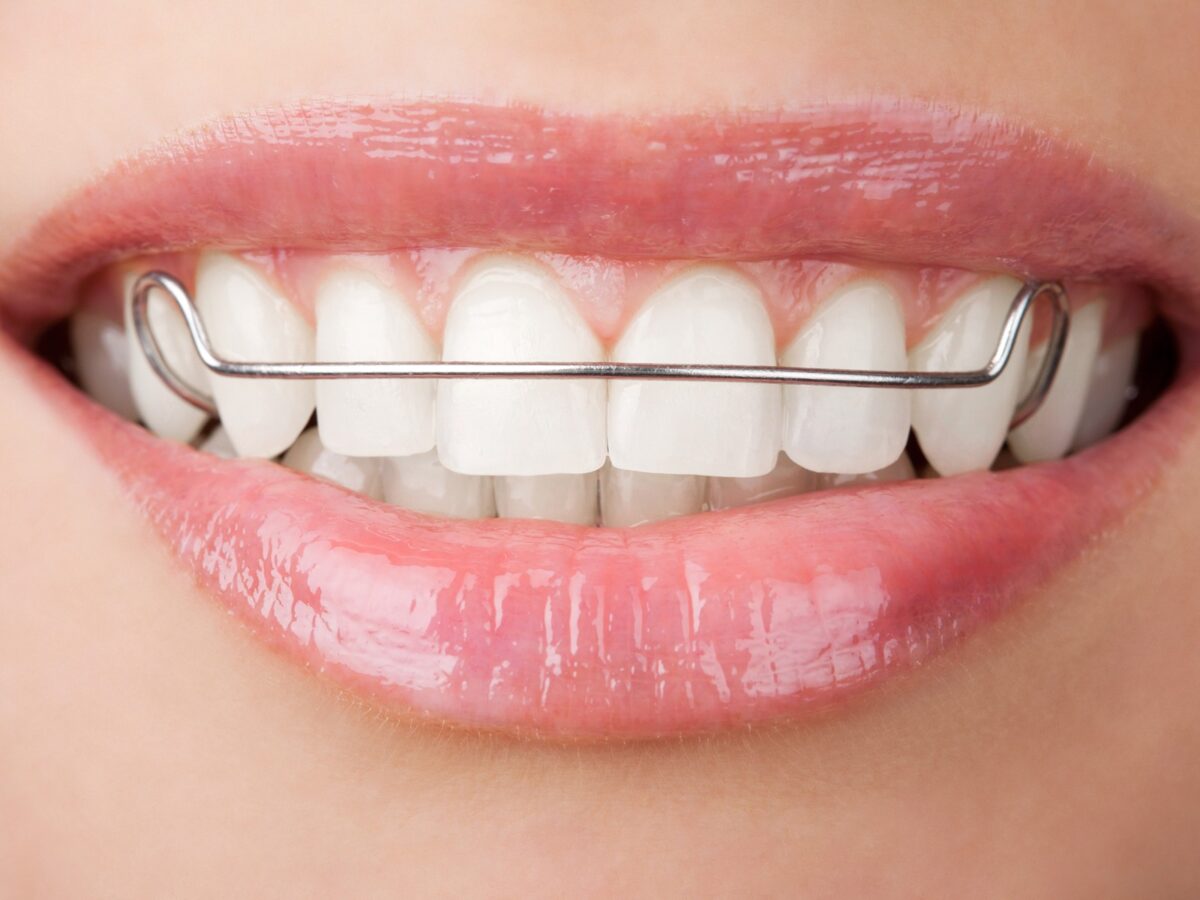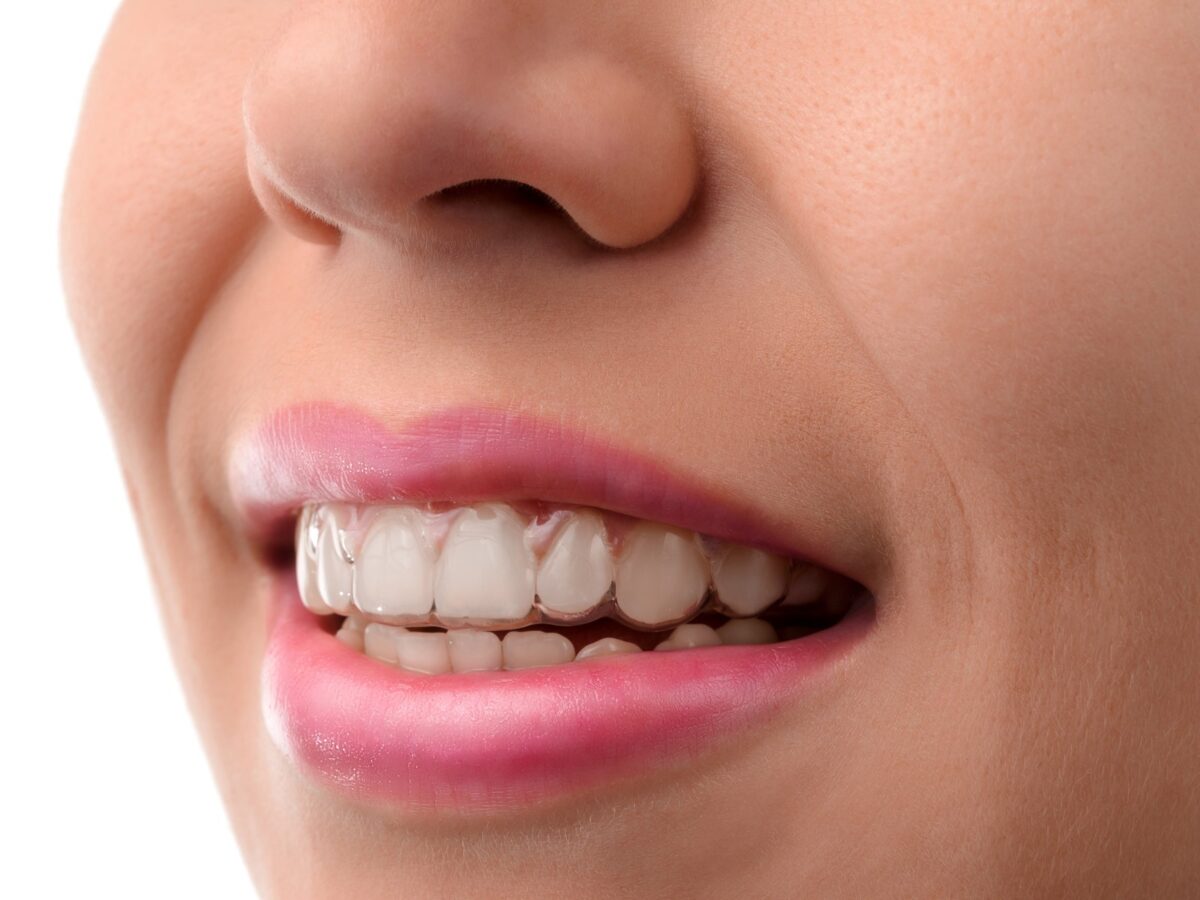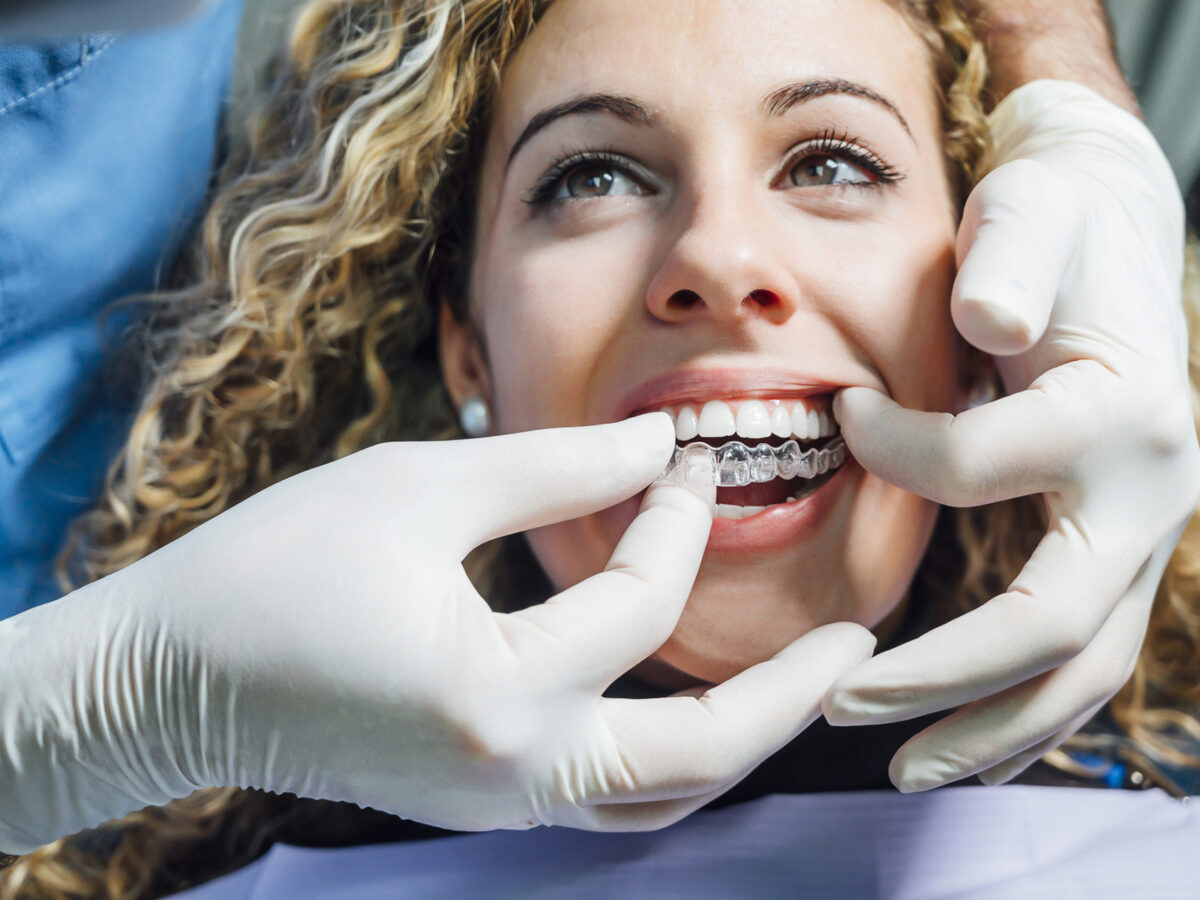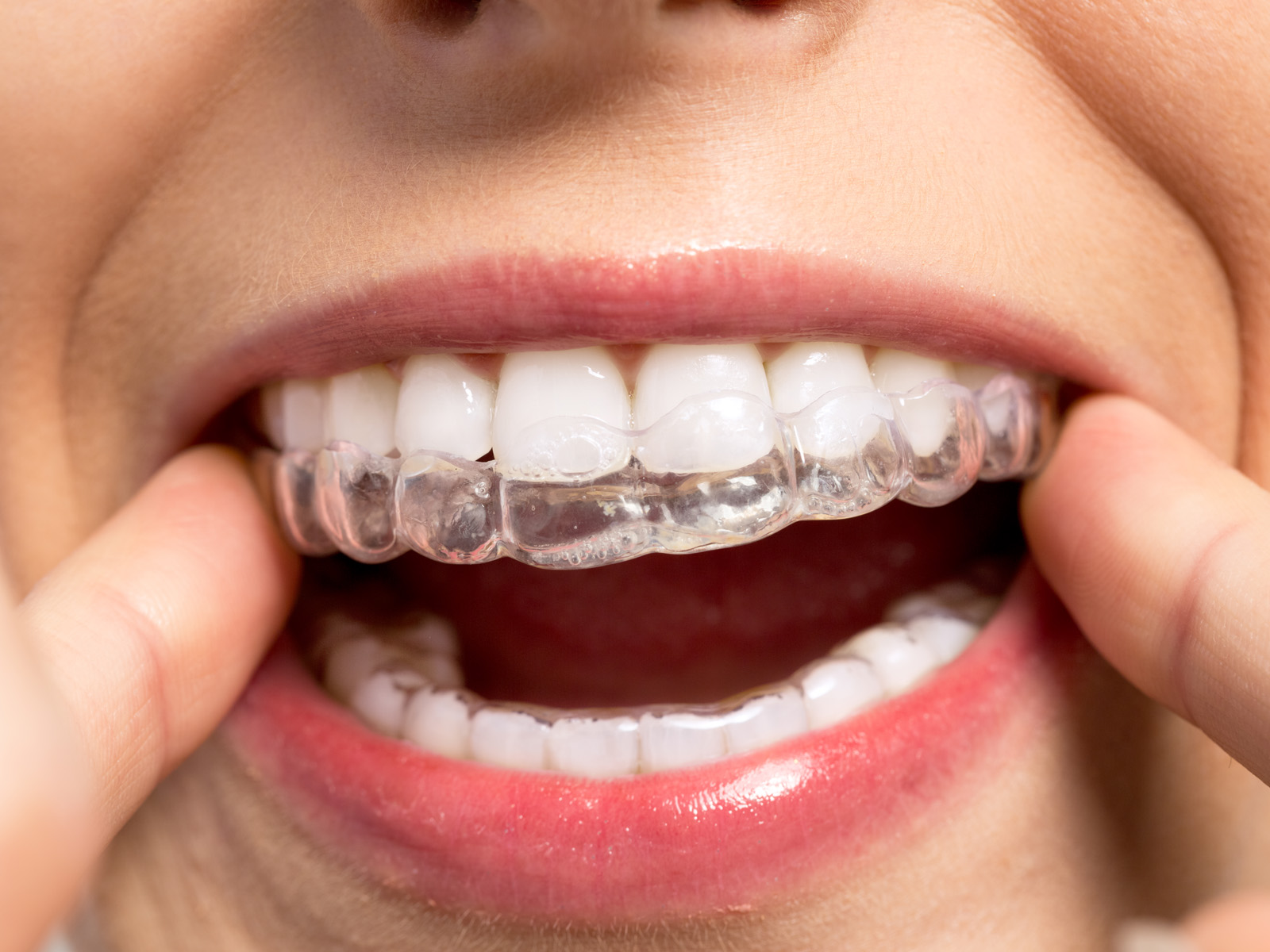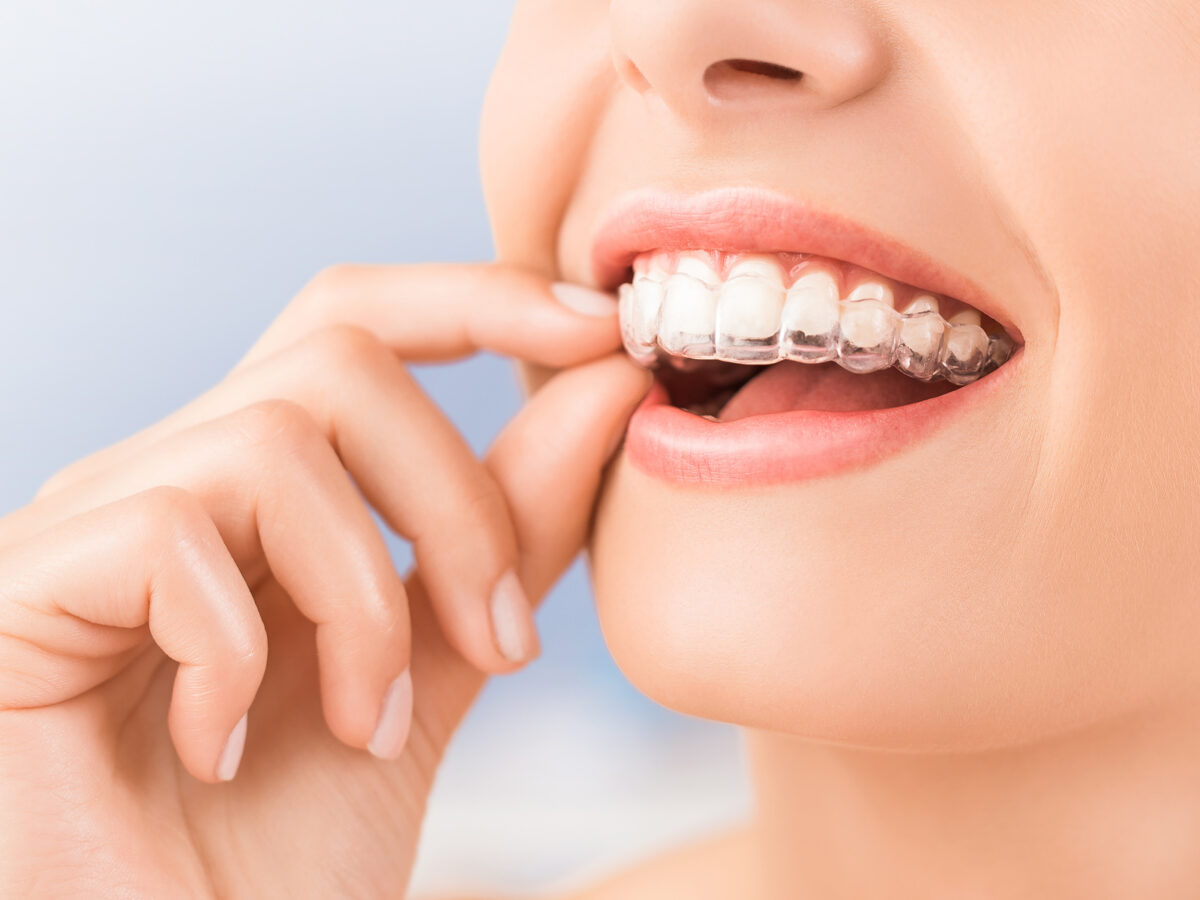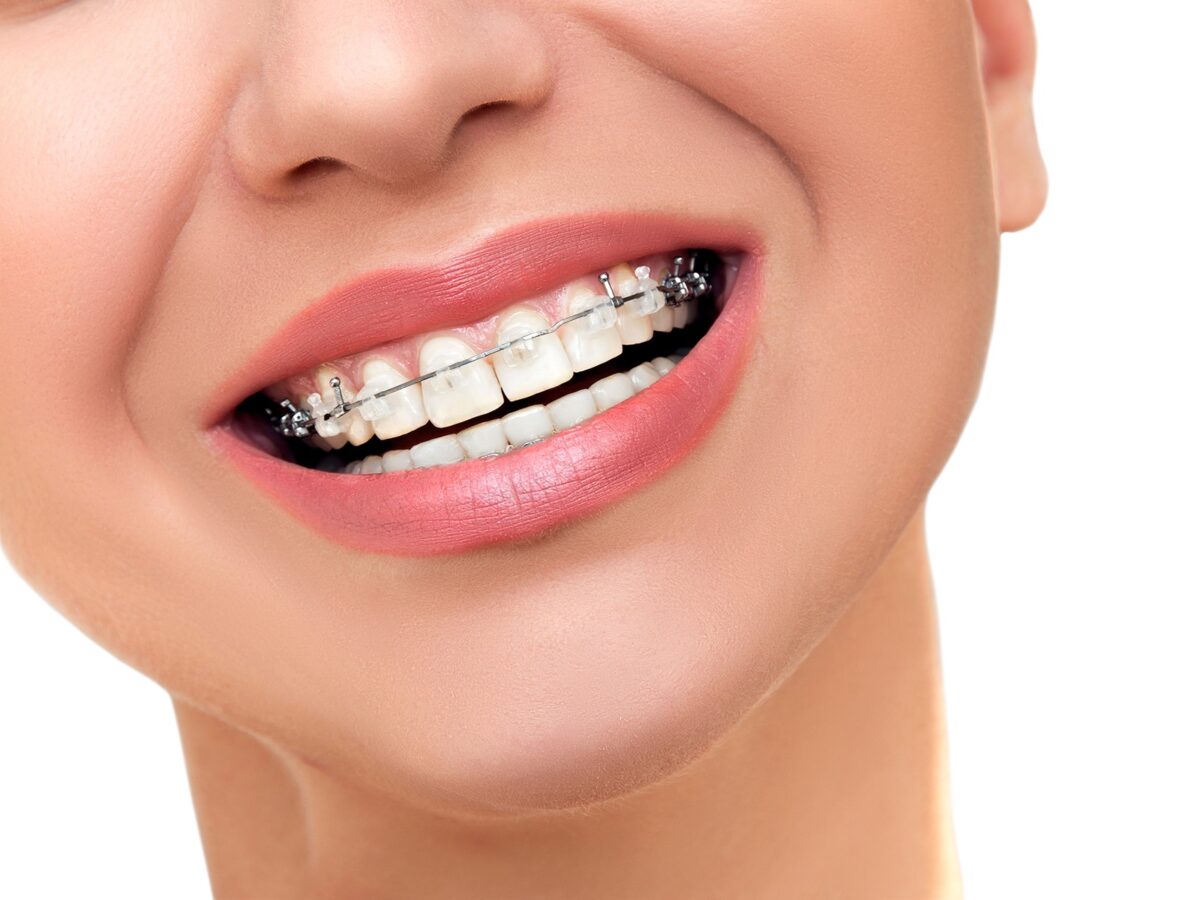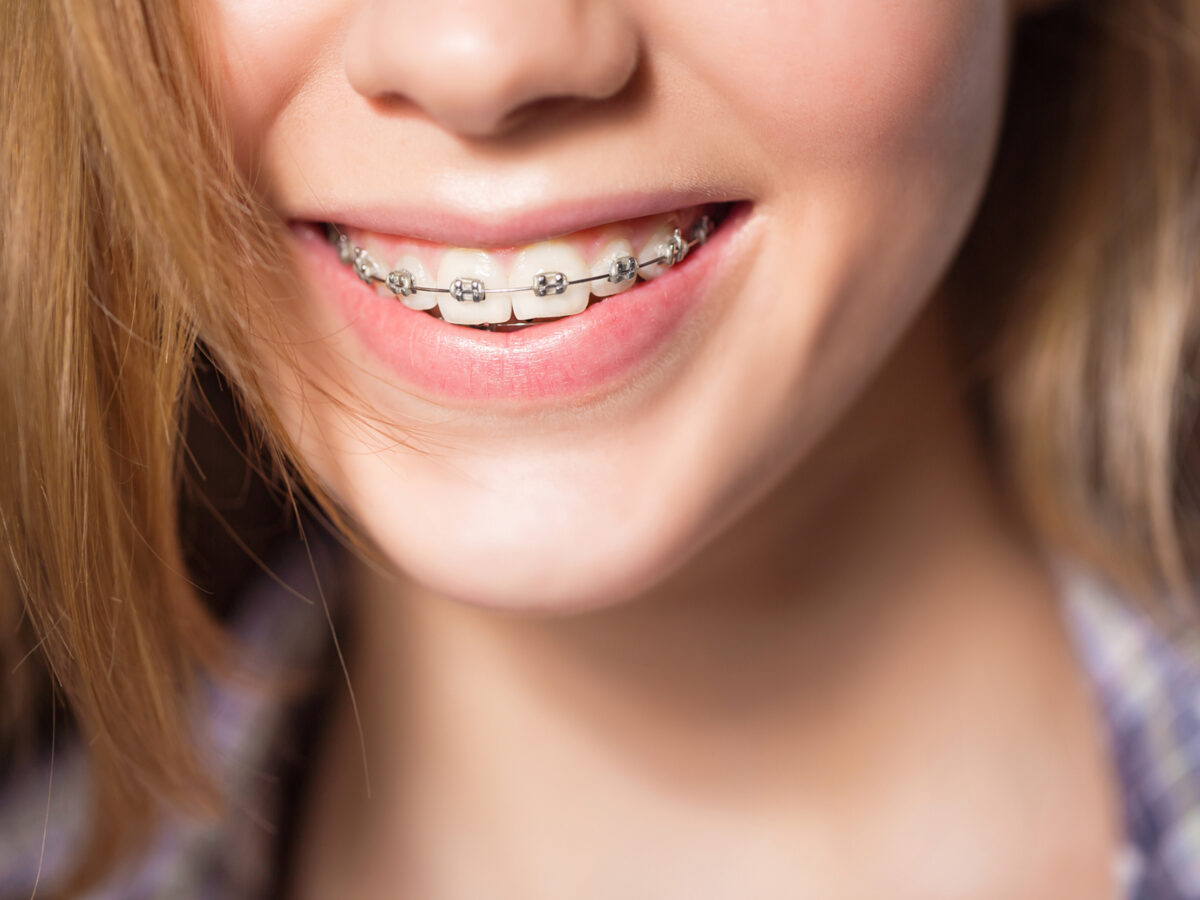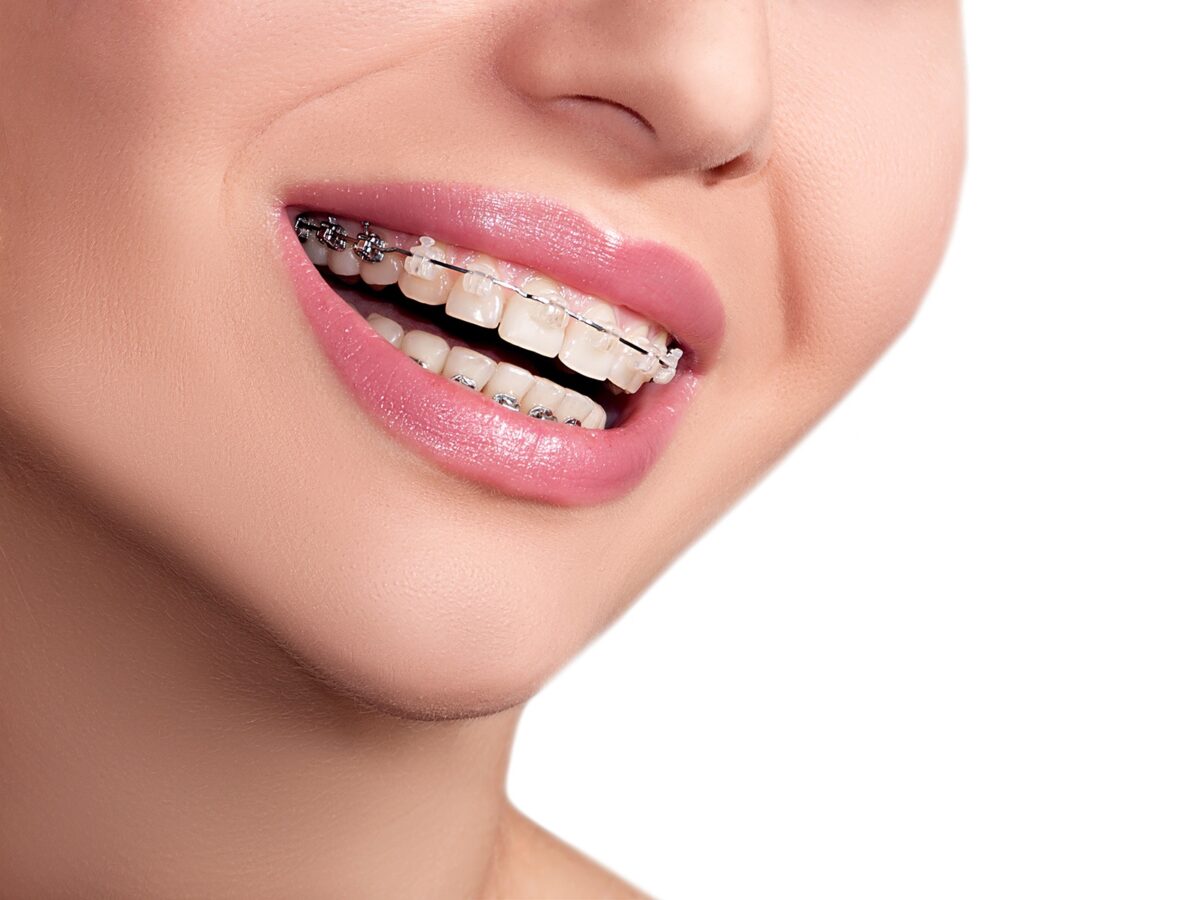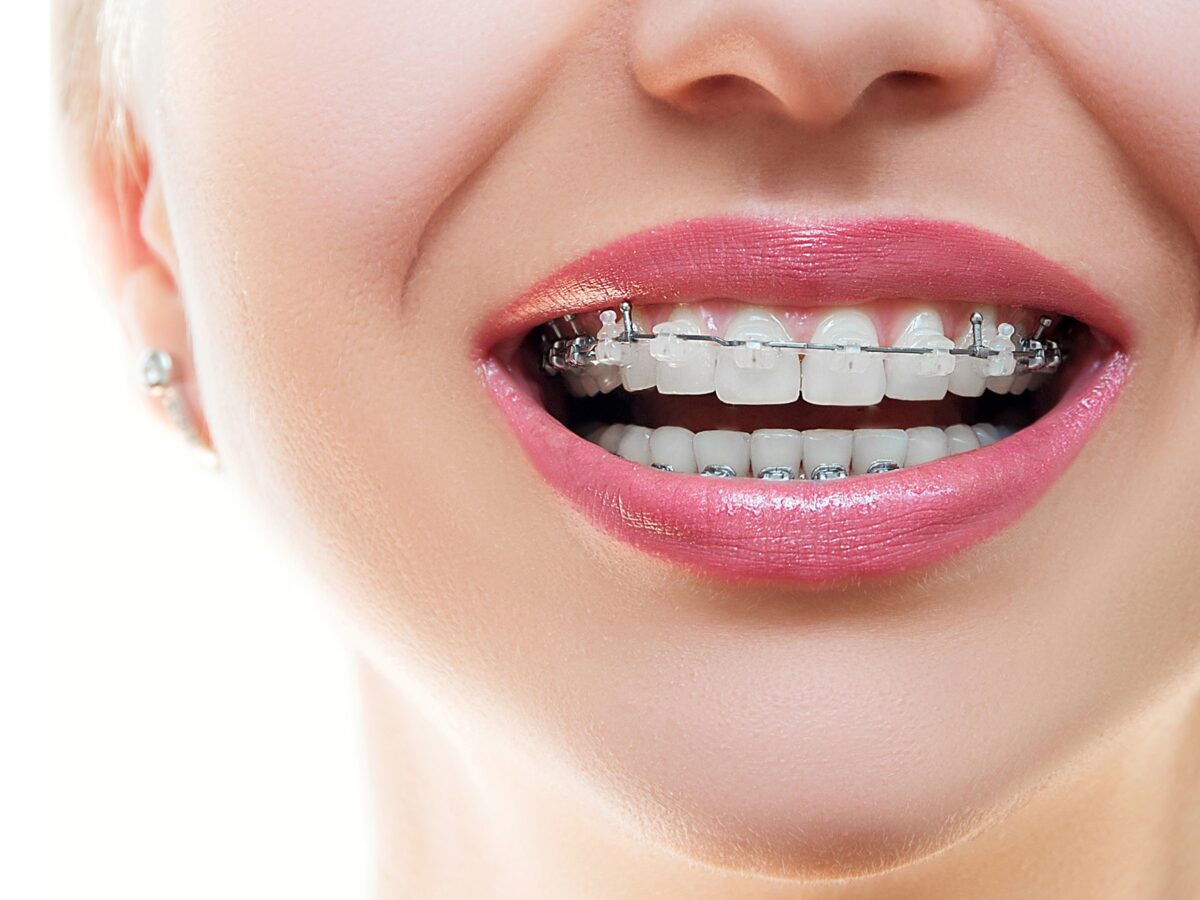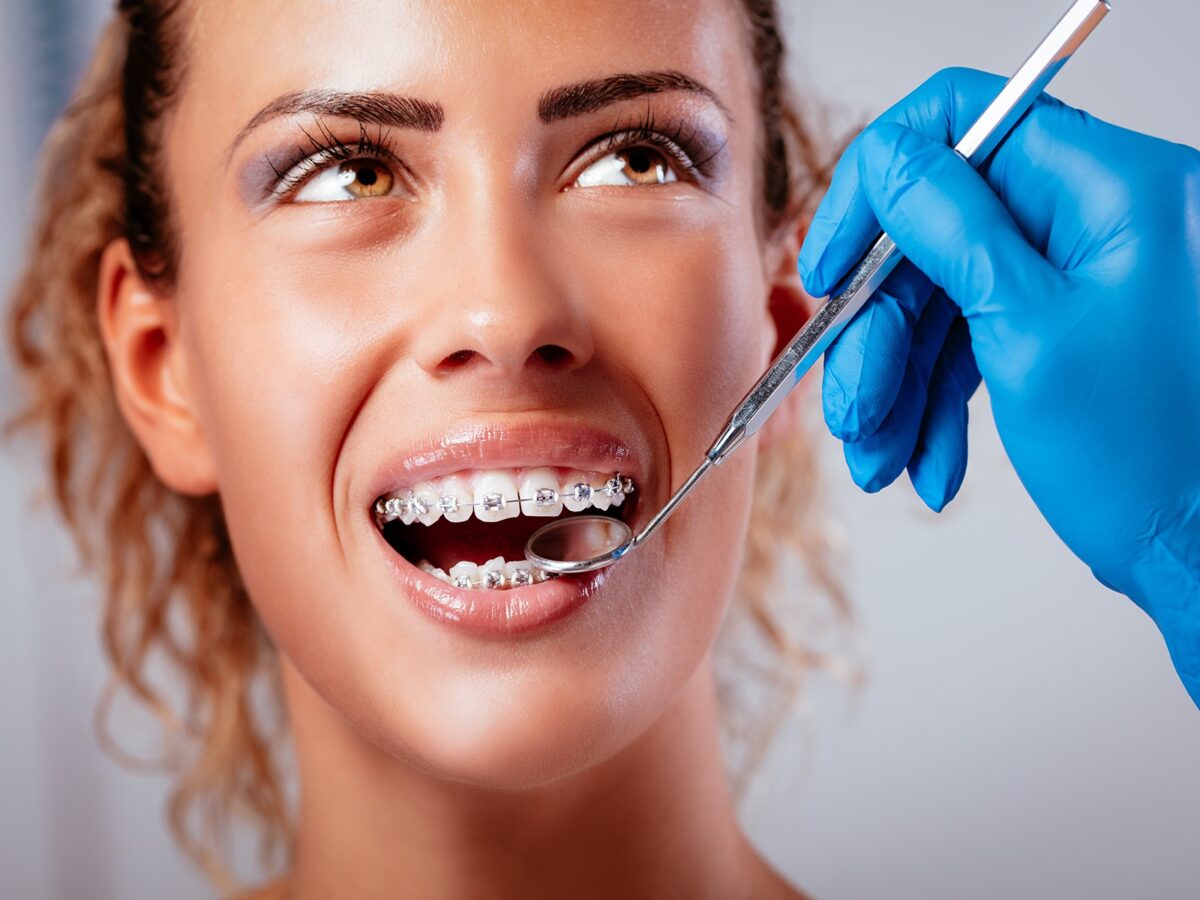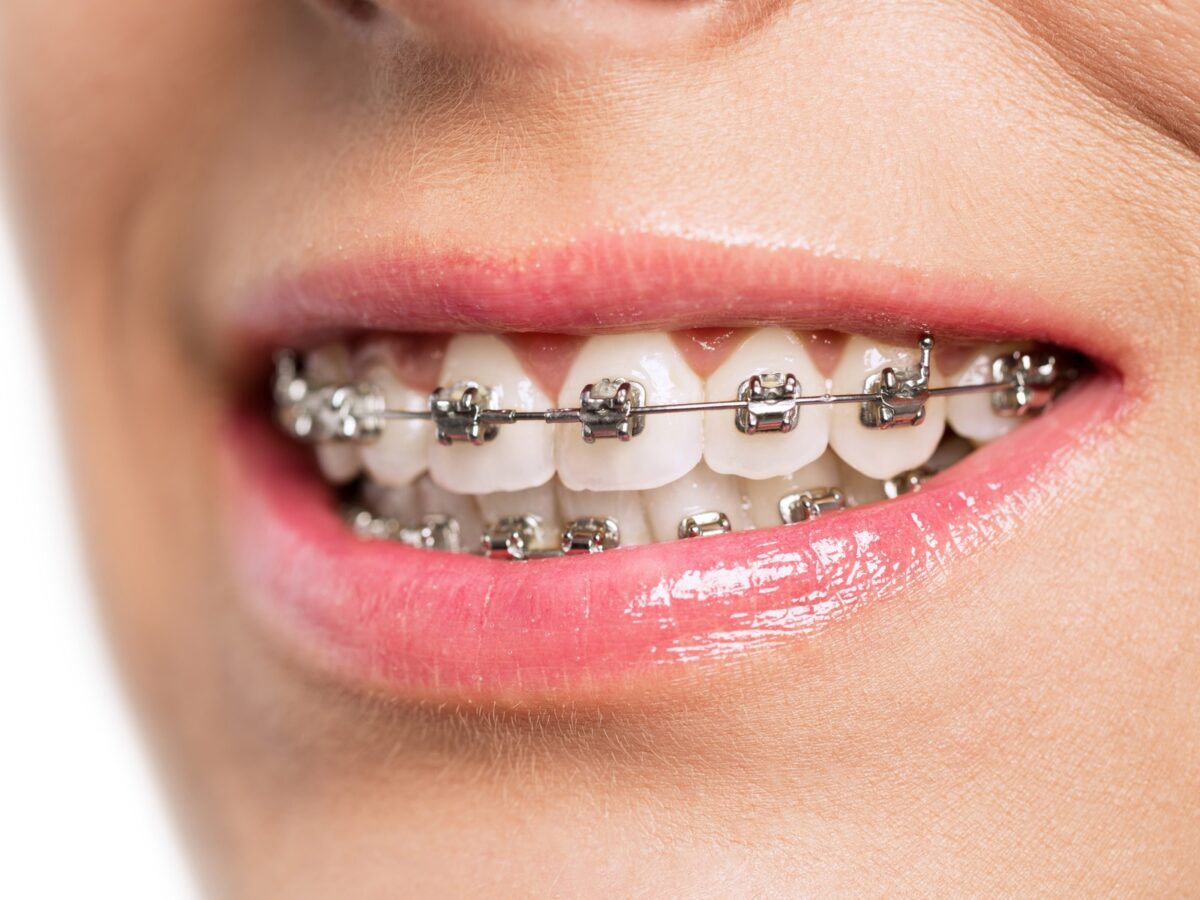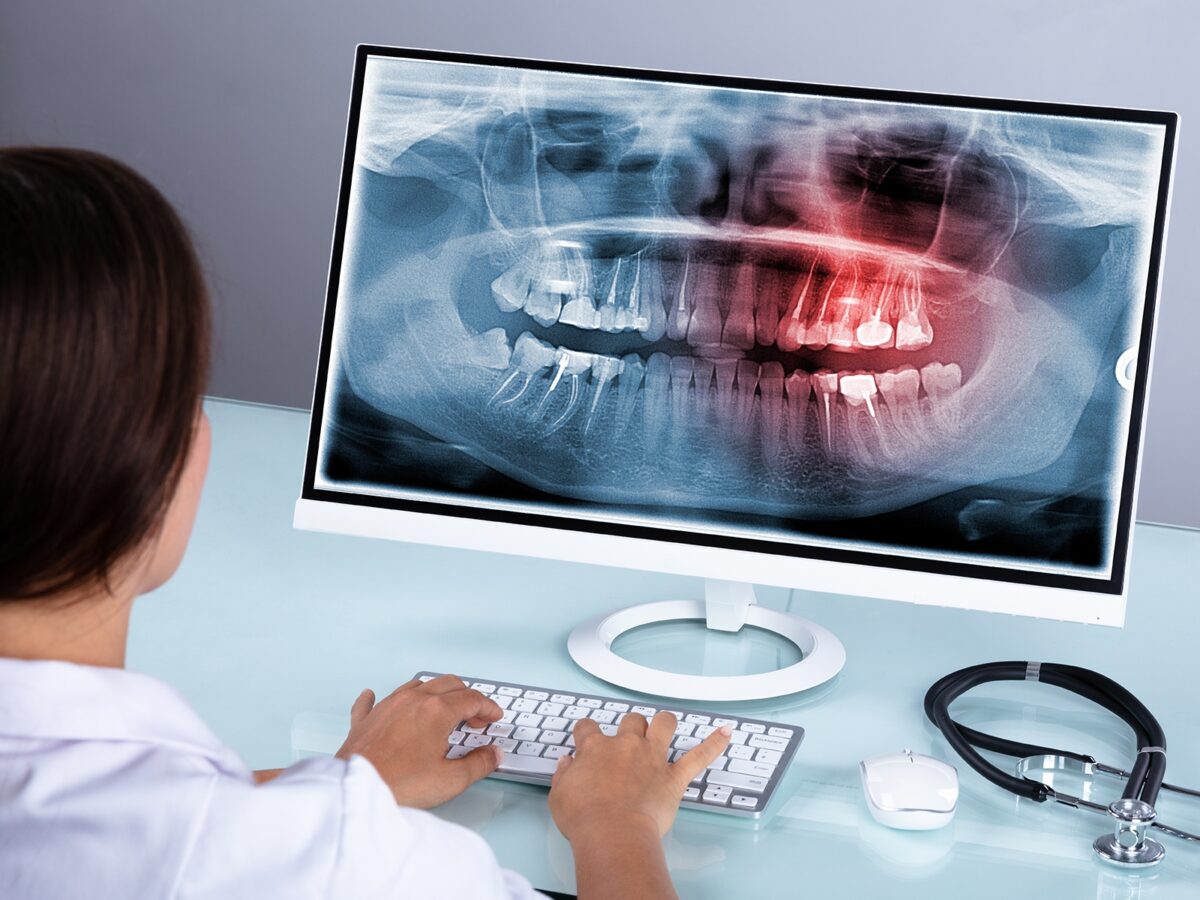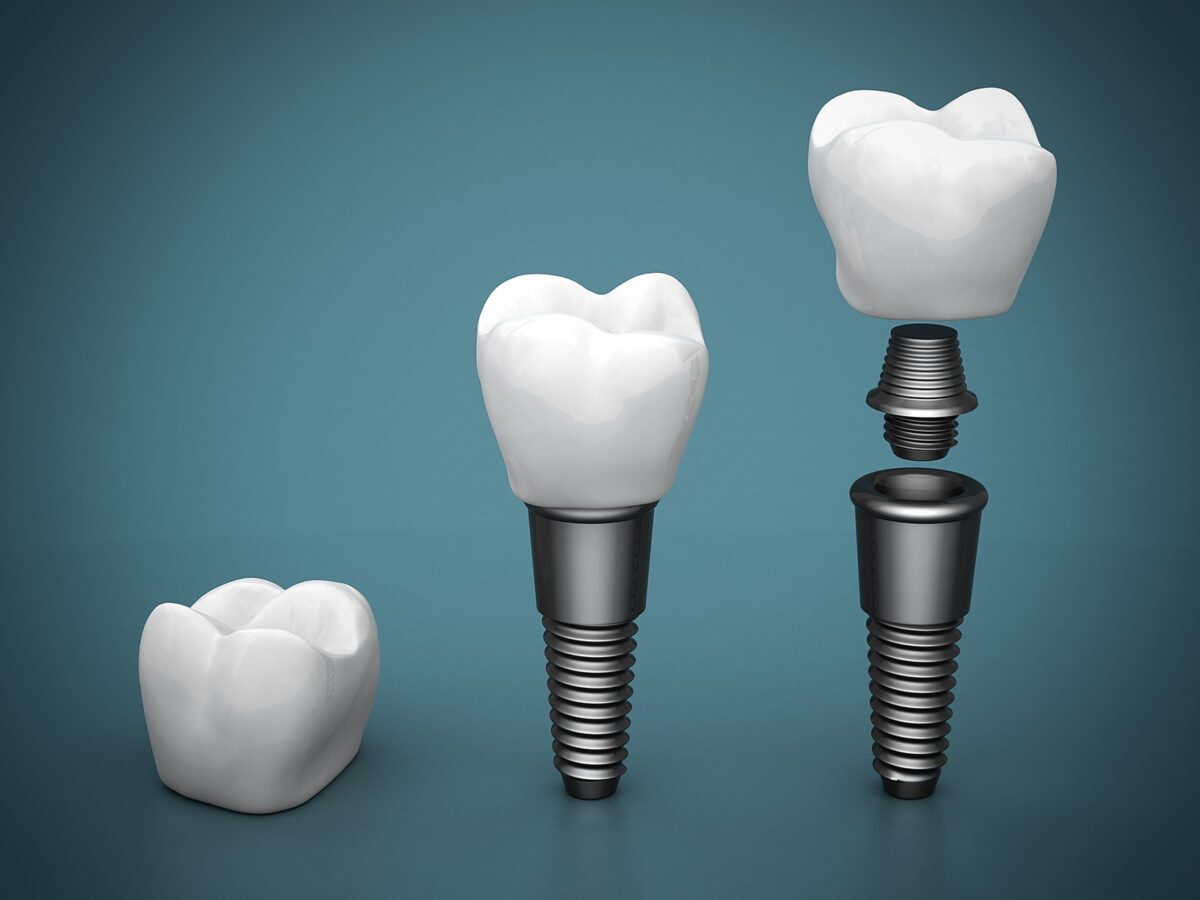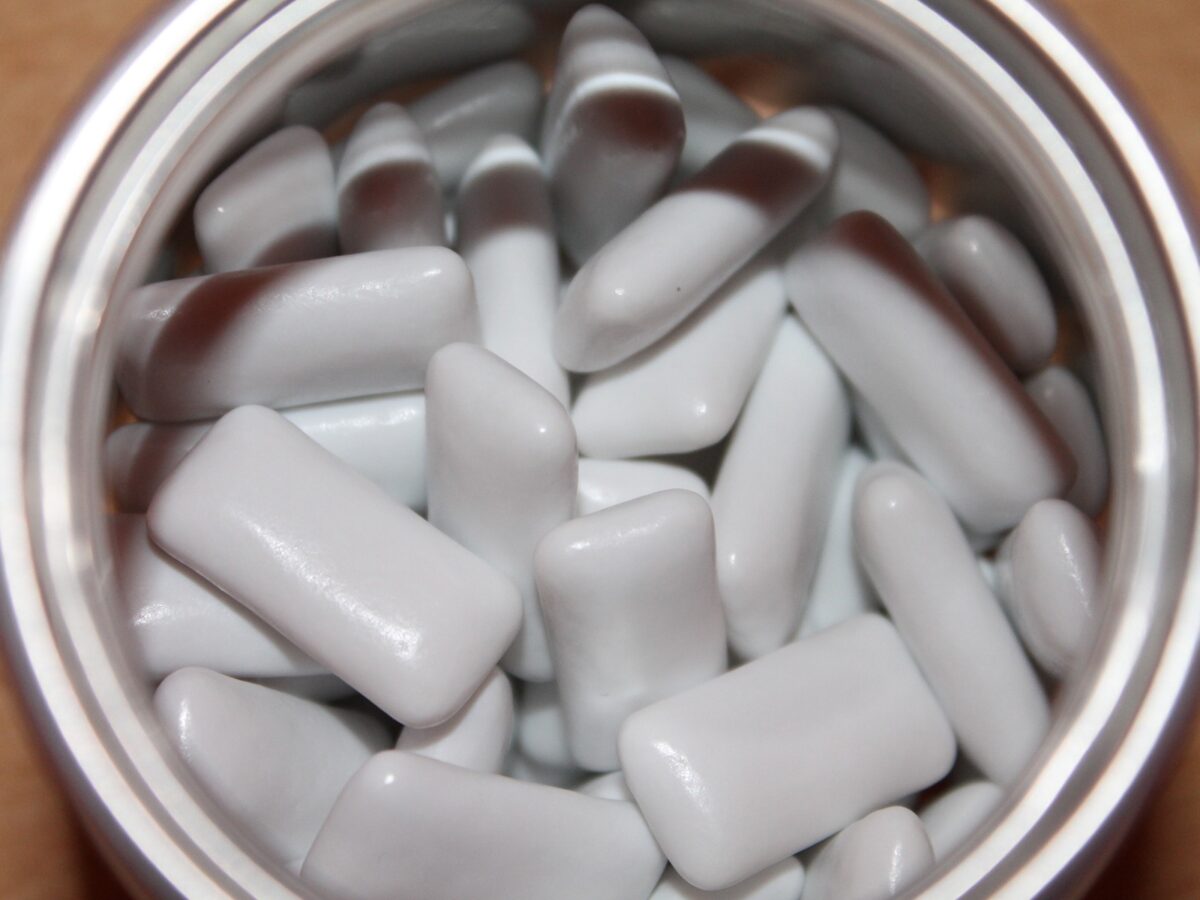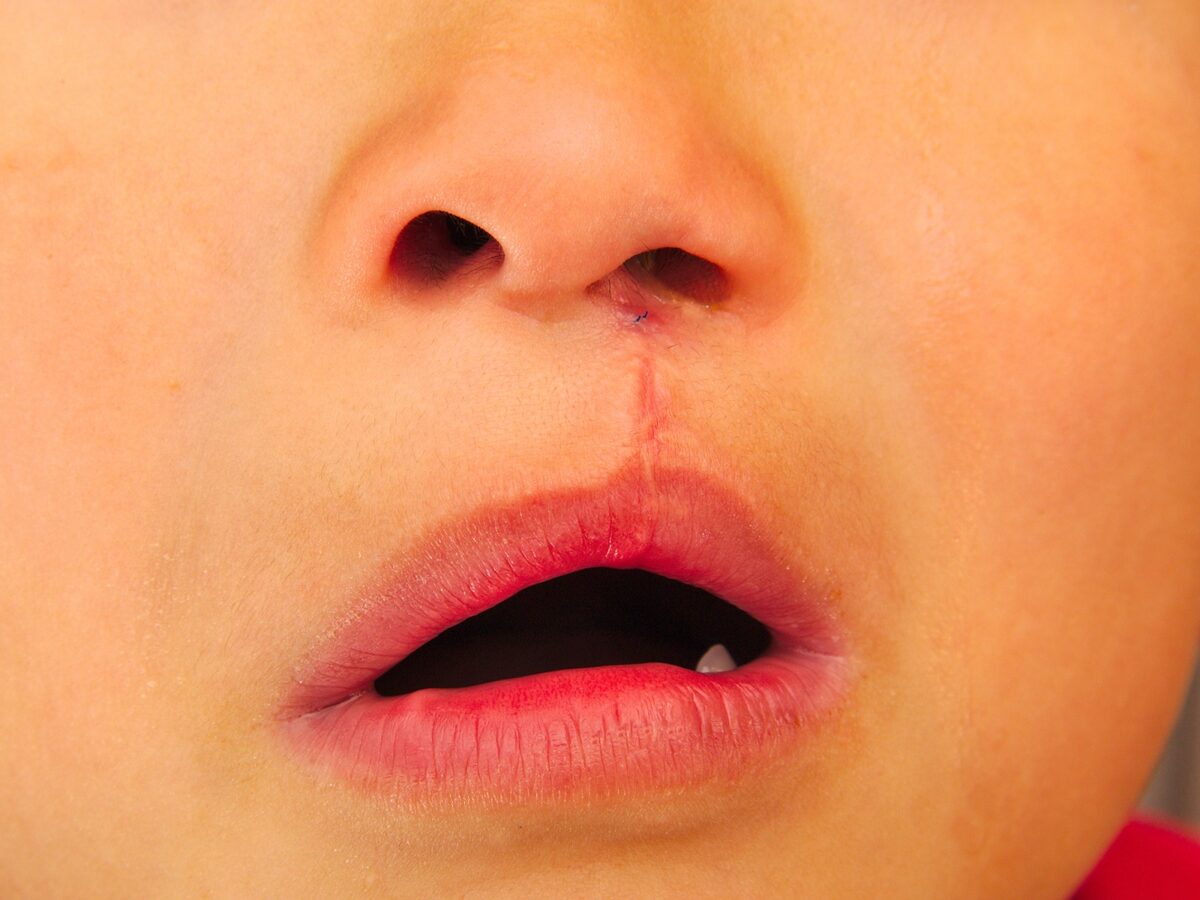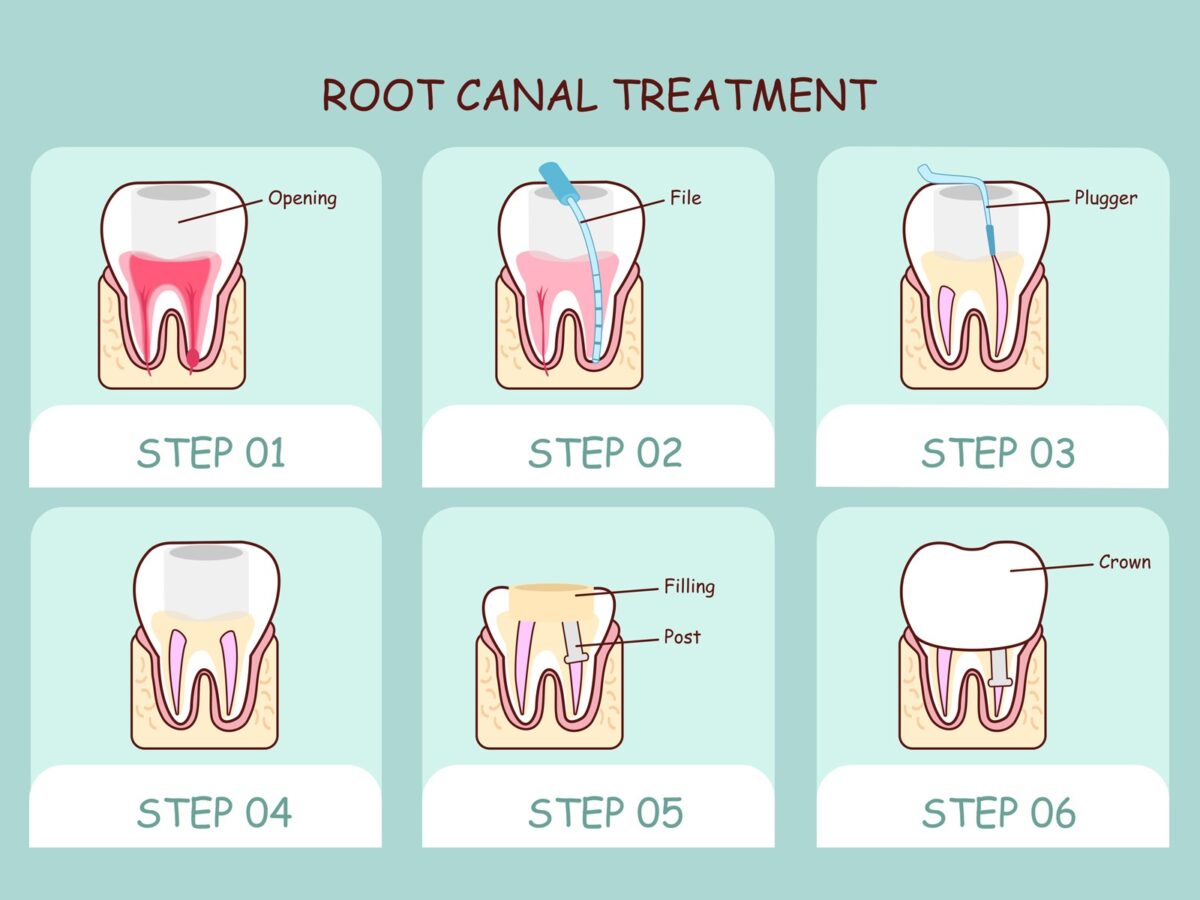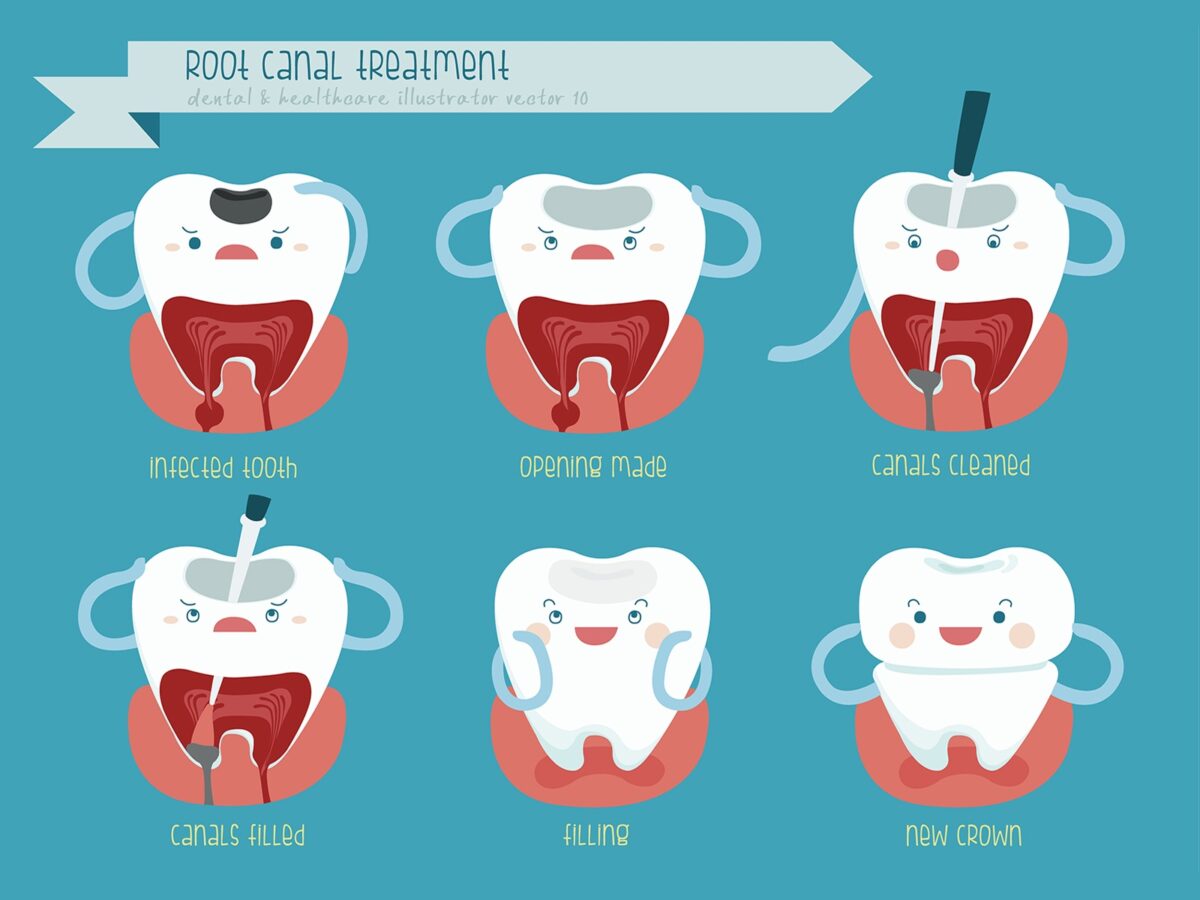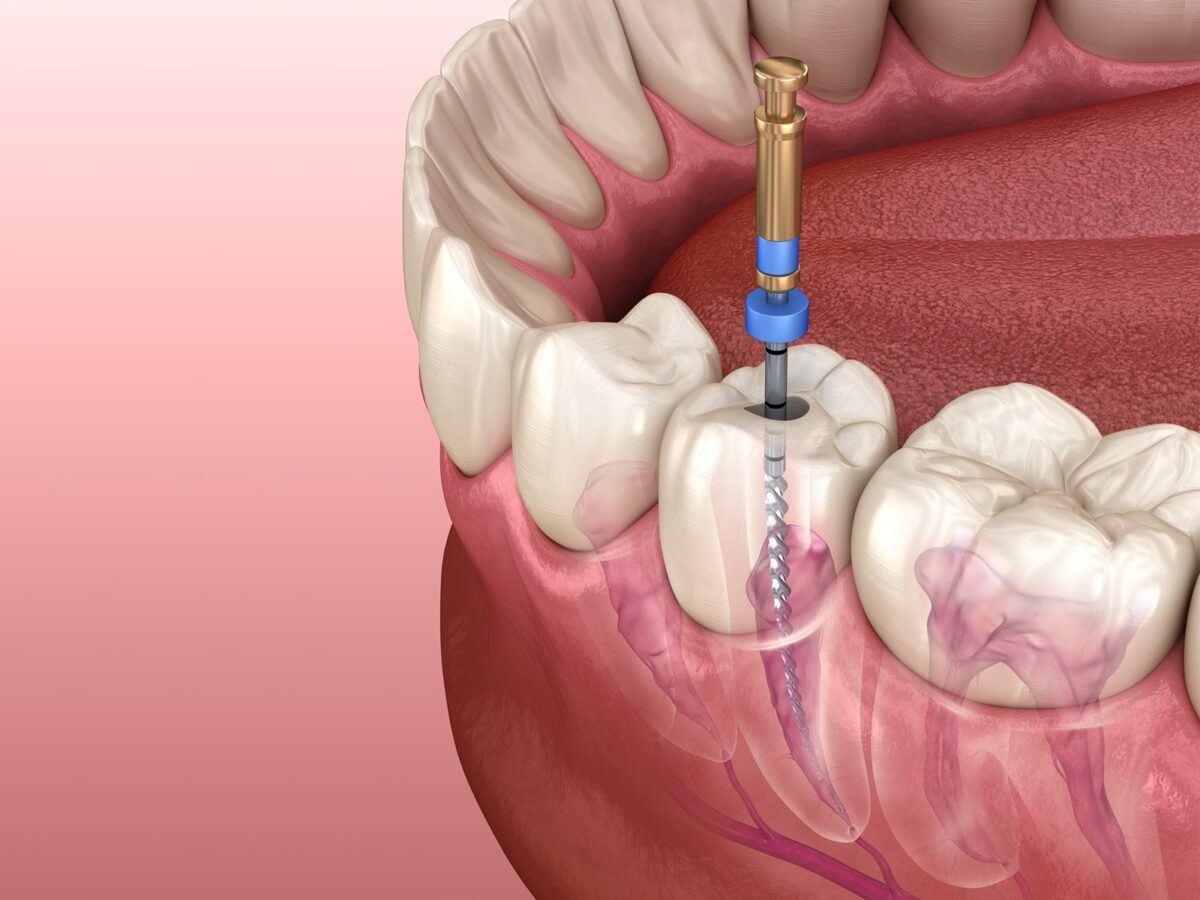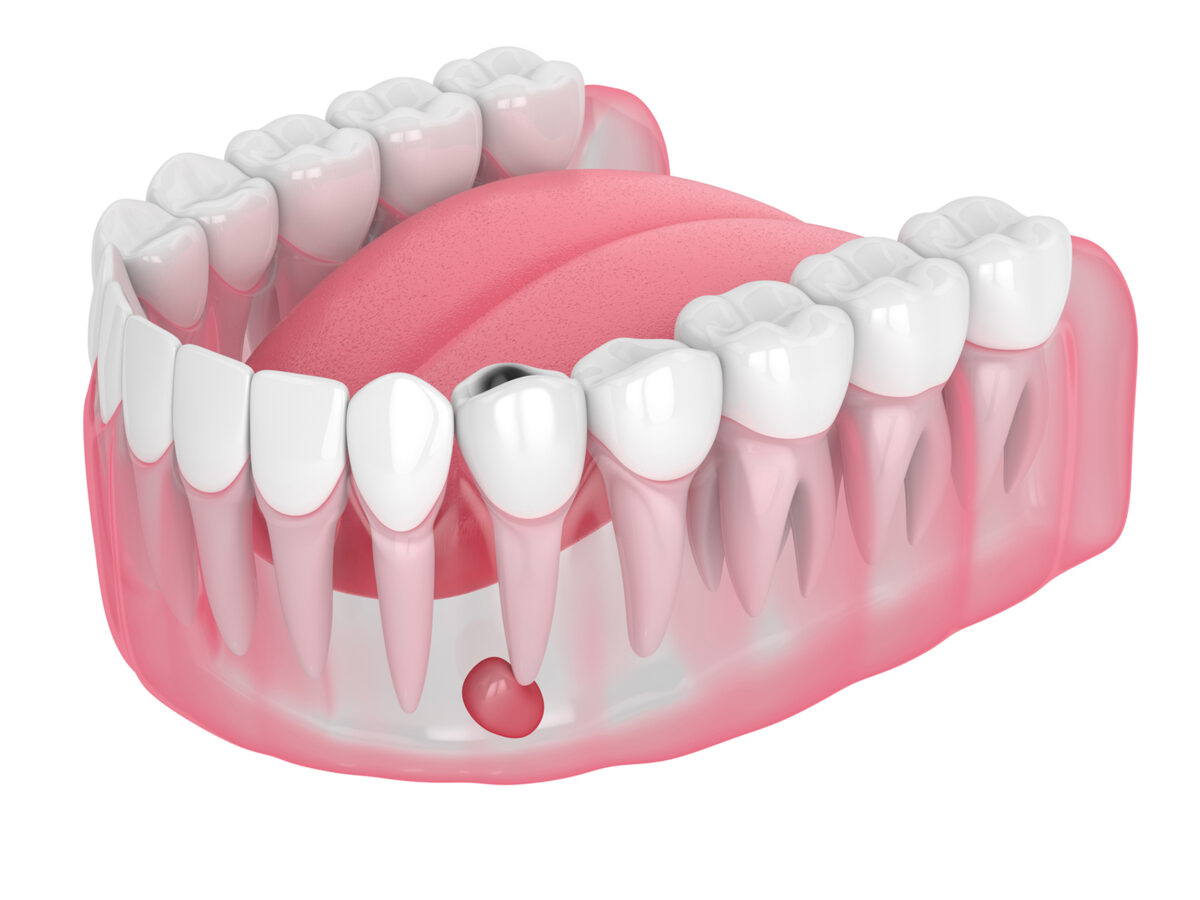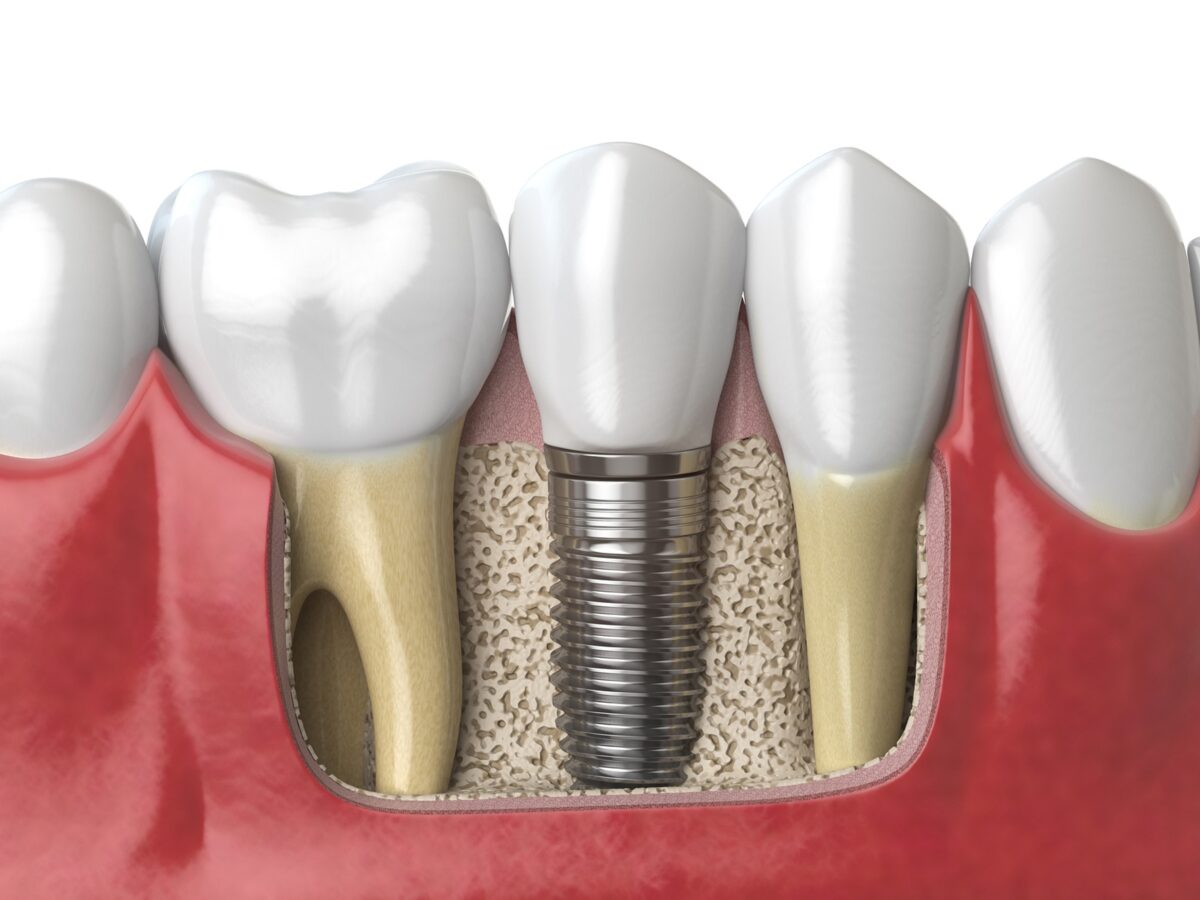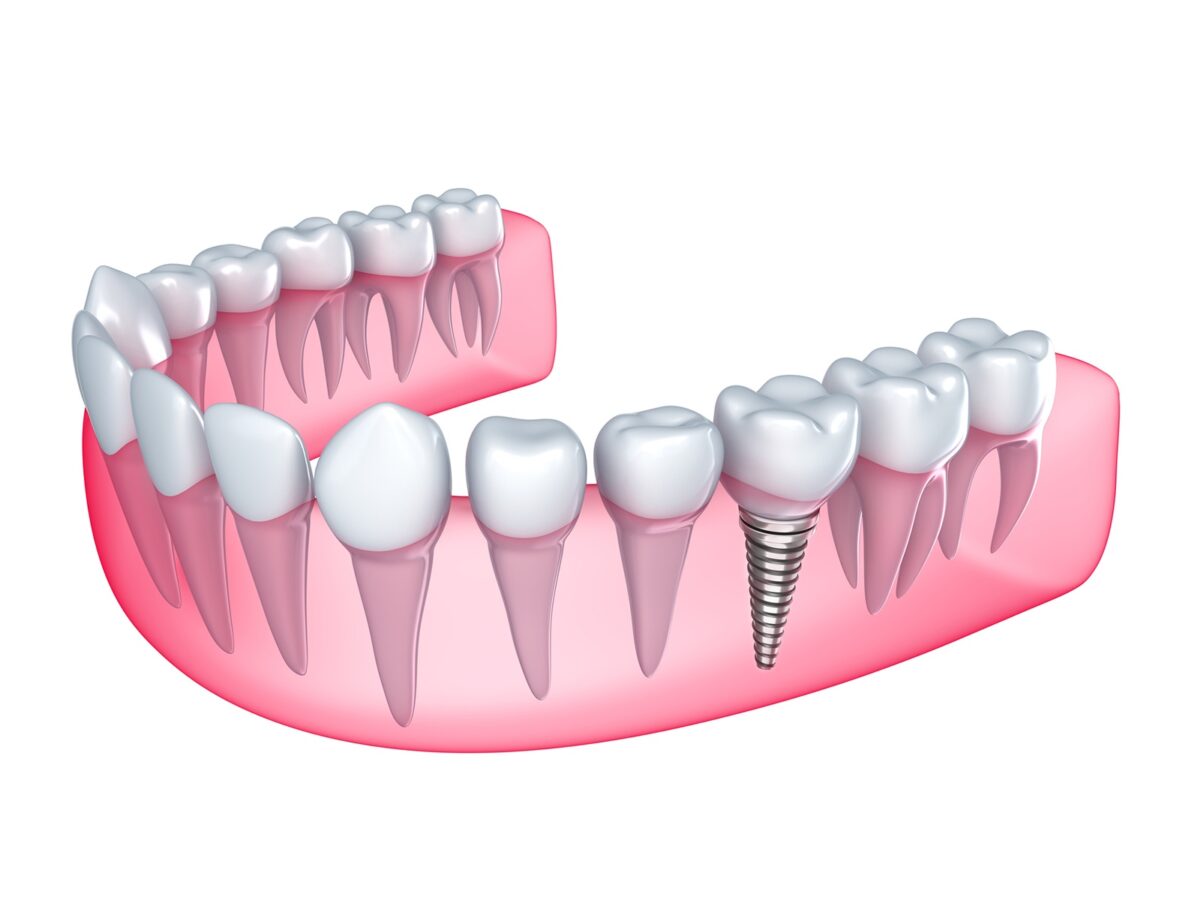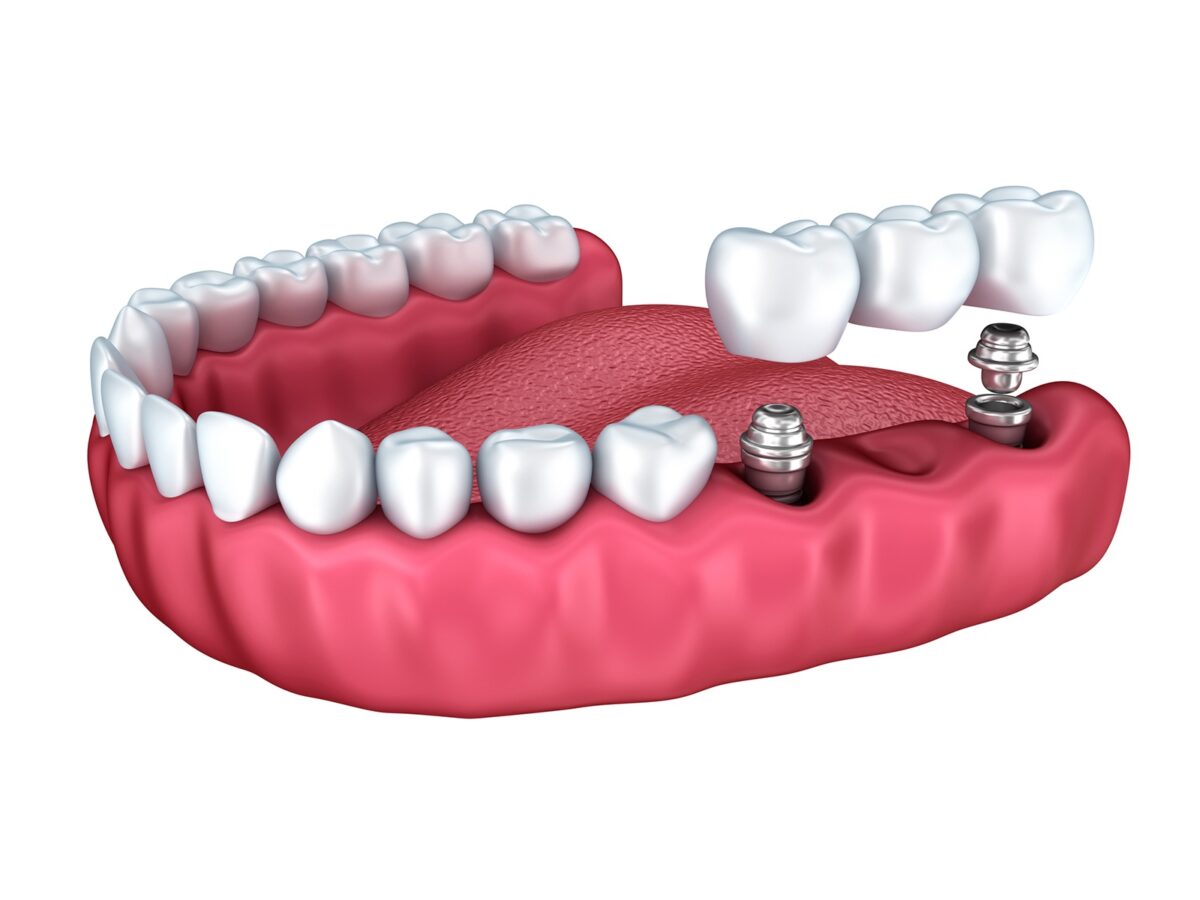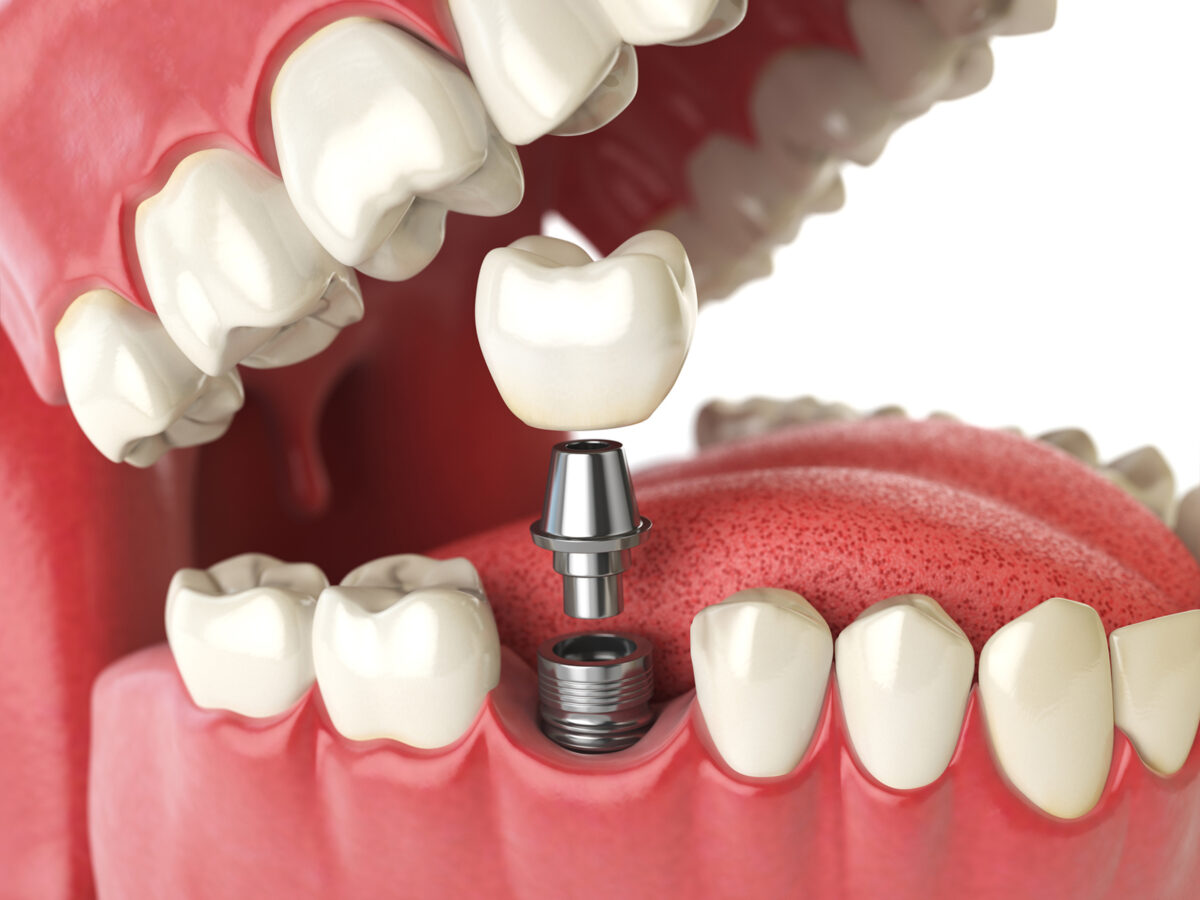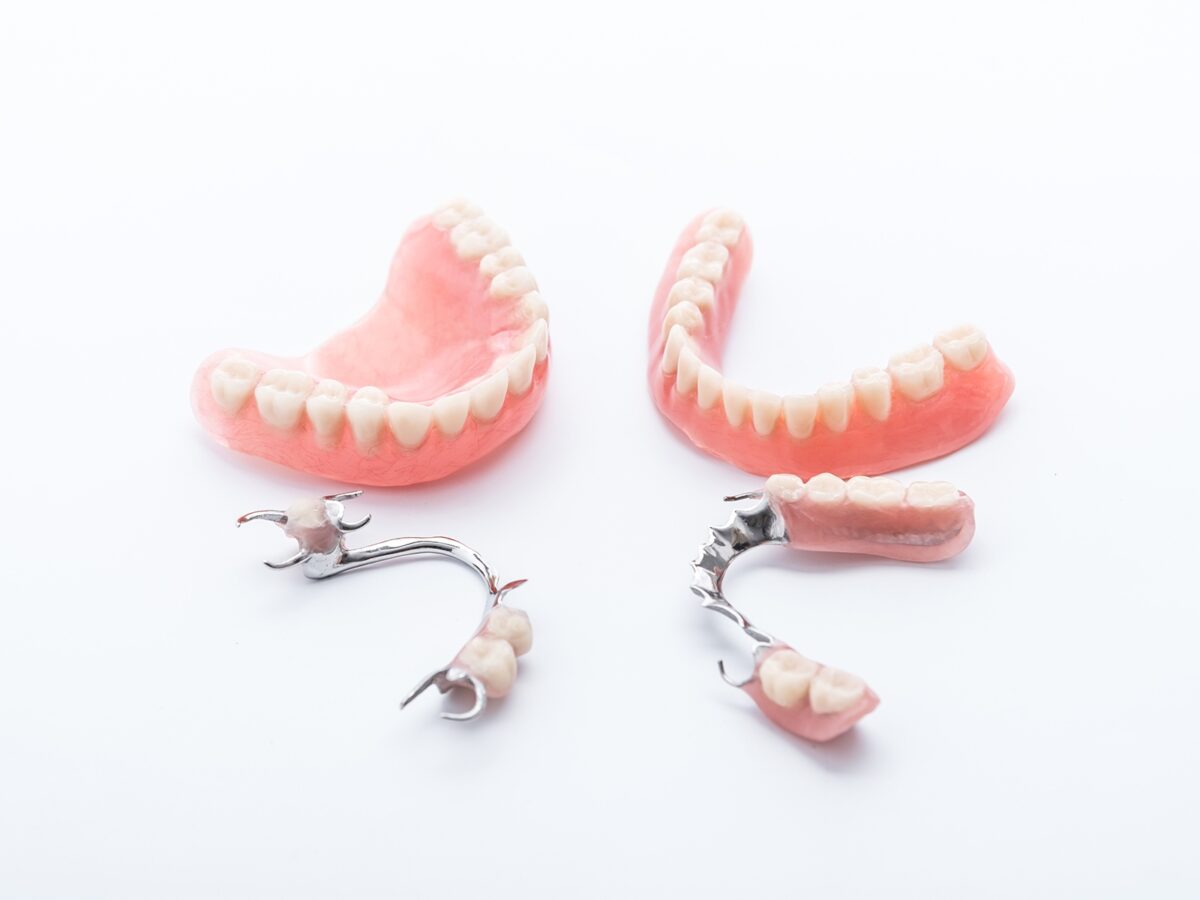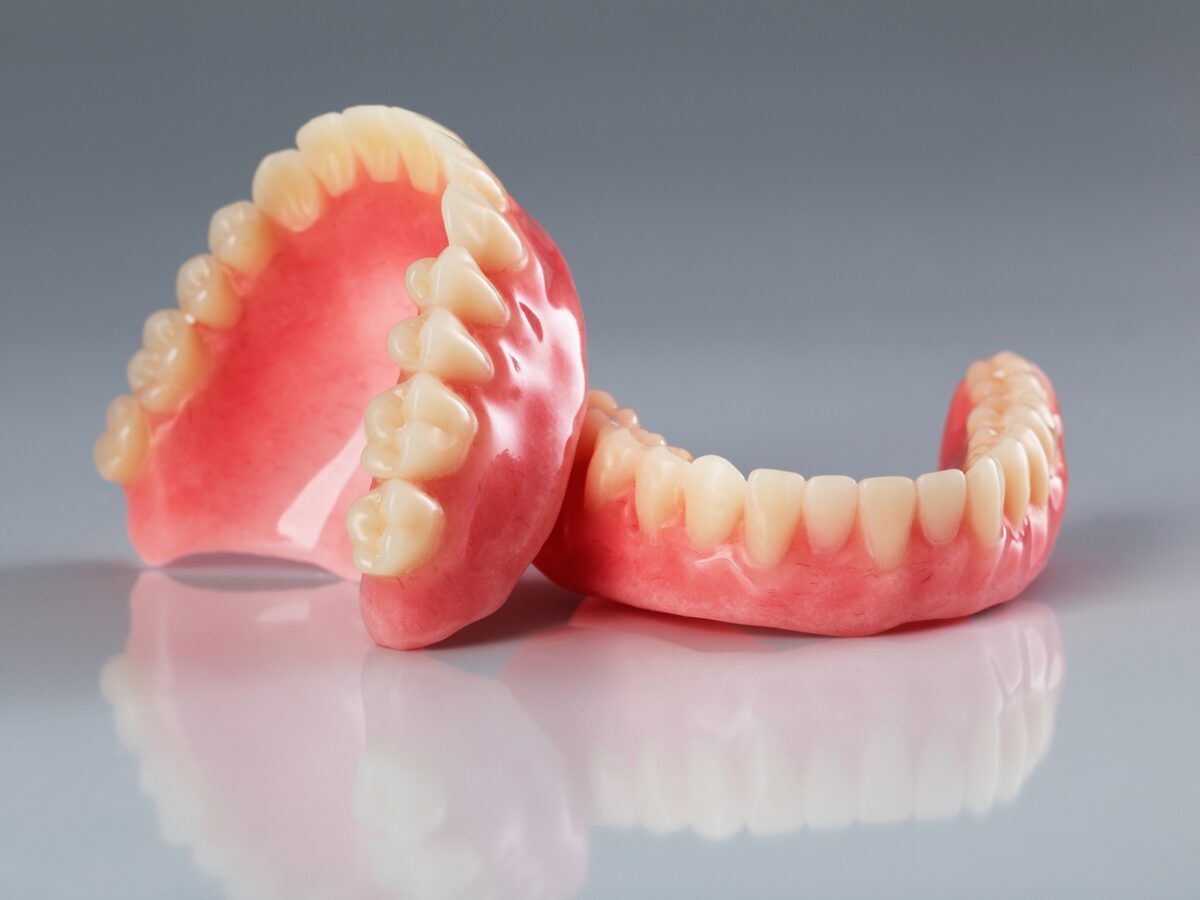Early childhood caries contribute to later caries if the condition is not remedied initially. Oral health education is essential in training a child’s good oral health behaviors. It particularly focuses on children from a few months after birth until they reach their teenage years.
What is Pediatric Dentistry?
Pediatric dentistry, like Victoria Pediatric Dentist, is a subspecialty of dentistry that focuses on the general health of teeth and gums of infants, children, and adolescents. Children must visit the pediatric dentist because they require care different from that of adults.
Specialists working with children are found in the field of pediatrics. However, as true with the medical fraternity, a general practitioner may be trained and competent in dental care for children.
The American Academy of Pediatric Dentistry (AAPD) established guidelines that young children should see a pediatric dentist at one year old. This is because it is easier to prevent a problem from occurring than to have it treated once it has begun, especially if it is with your child. You are building up their immunization to visit the dentist.
During a pediatric dental visit, the dentist will:
- Check your child’s teeth and gums
- Speak with you about your child’s oral hygiene regime
- Clean your child’s teeth
- Use medications with fluoride to prevent cavities.
- To accommodate your dental needs or to check the presence of cavities or some other issues.
The Role of Pediatric Dentists
Foremost, pediatric dentists are superheroes wearing white uniforms, empowering them to treat patients with childhood disorders. They are not only teachers of oral hygiene but also critical general practitioners responsible for the dental health of teenagers.
Specialized Training
Although pediatric dentists are trained to treat children, they also learn about child psychology, growth and development, and specific methods for dealing with kids. Pediatric dentists, therefore, are in a special position to put their patients at ease while ensuring that teenagers develop a personal interest in their dental health.
Preventive Care
Pediatric dentists can prevent dental diseases by using systems such as checkup cleaning and teaching adolescents and their parents about correct tooth care. Pediatric dentists apply fluoride treatment and sealants to protect teenagers’ teeth.
These measures help to protect young people from painful treatments and expensive dental problems.
Education and Guidance
Another successful weapon for protecting against dental problems is having appropriate recommendations and knowledge of dental treatment. Numerous minutes are also dedicated to explaining dental care to parents and adolescents.
This includes the need to model how to brush and floss teeth, the effects of foods on teeth, the need for children to practice dental hygiene, and routine dental check-ups.
Teenagers are guided to make proper dental-related choices by pediatric dentists assisting them with proper information.
What Problems Do Pediatric Dentists Solve?
Teen dentistry focuses on teens’ dental problems, such as keeping their teeth clean and strong without issues of dental caries, gum disease, etc.
Now, let’s discuss some of the most common diseases and dental impairments a pediatric dentist deals with in teenagers.
Cavities and Tooth Decay
You may not be aware that cavities rank among the more frequent oral health problems afflicting teenagers. Research shows that about 56.8% of teenagers between twelve and nineteen years old have a history of tooth decay. Too much sugar, frequent snacks, and lack of proper oral hygiene cause tooth decay.
A pediatric dentist can easily diagnose cavities and may even treat them conservatively without extensive restoration. They also help prevent cavities through a good diet and better hygiene practices.
Gum Disease
Teenagers with vulnerable gums or serious gum disease, usually called gingivitis, can find it almost impossible, especially at puberty, when hormonal changes influence gum tissues’ sensitivity and susceptibility to inflammation.
The majority of pediatric dentists are capable of identifying any symptoms of periodontal diseases and the steps necessary to treat the diseases. They also emphasize ways to care for the gums through flossing and mouthwash.
Braces and Orthodontics
Cosmetic dental care, for instance, wearing dental braces, is usually anticipated in this age bracket. Dental hygiene becomes more difficult due to these treatments, even if necessary, to correct alignment problems.
Conclusion
Food can quickly become caught in braces, which raises the possibility of cavities and gum disease. To provide complete care, pediatric dentists interact closely with orthodontists, providing specific cleaning methods and devices to support dental hygiene throughout orthodontic treatment.
Pediatric dentistry treatment is crucial to encourage youngsters to have healthy teeth and gums. Good pediatric dentistry mainly focuses on preventing cavities and other dental issues through routine dental checkups and proper oral hygiene.
Children who receive quality pediatric dental treatment can also keep their beautiful smiles for the rest of their lives. We can ensure our kids have strong teeth and healthy gums for many years with the right care, early diagnosis, preventive measures, and efficient management techniques.


